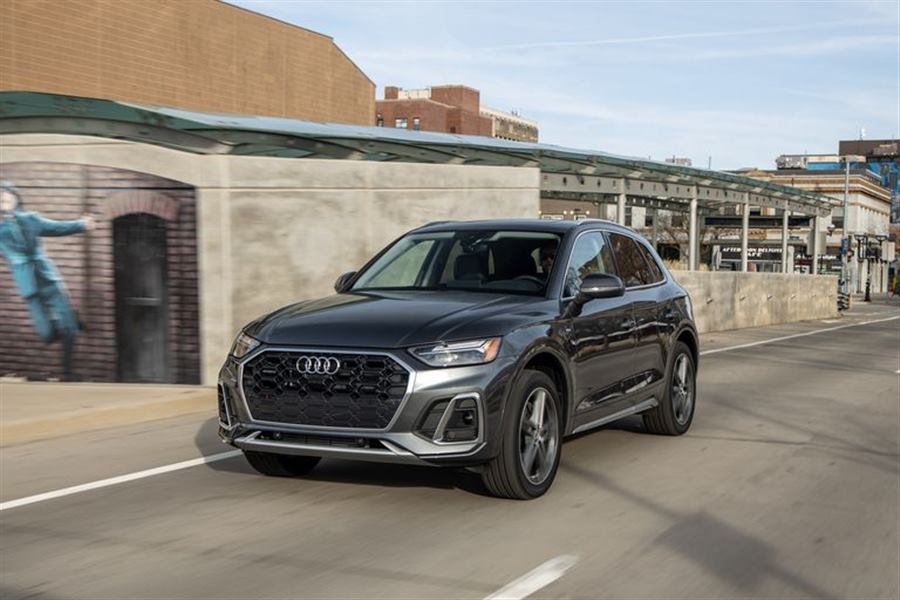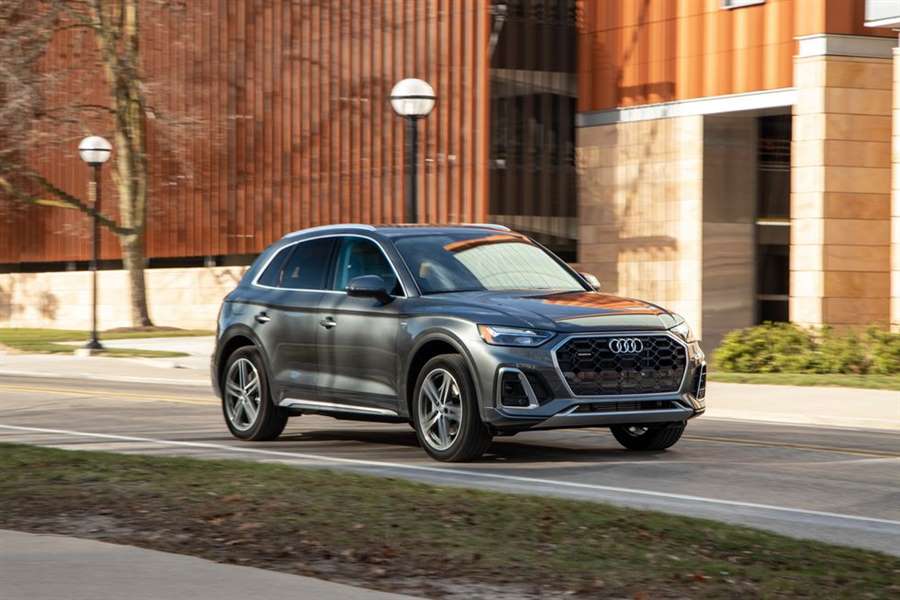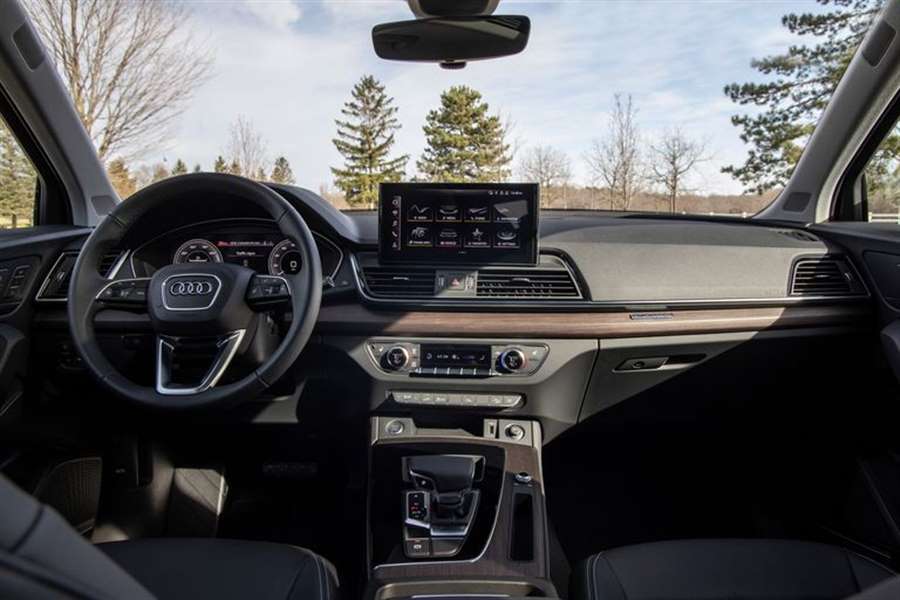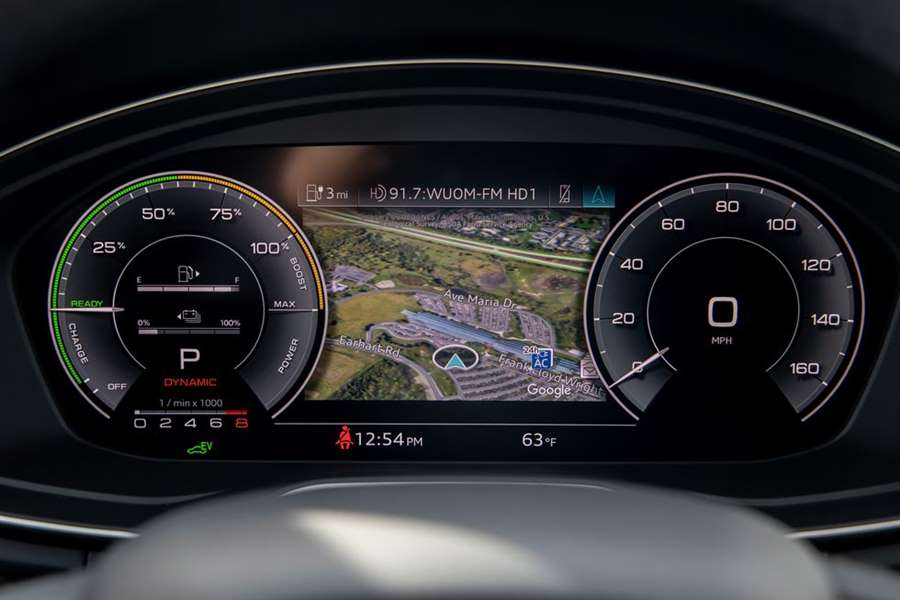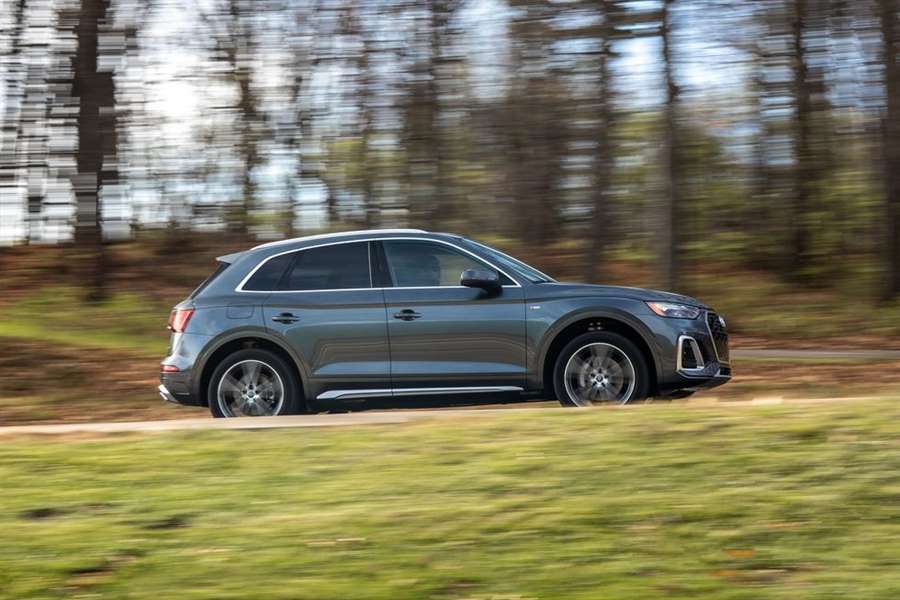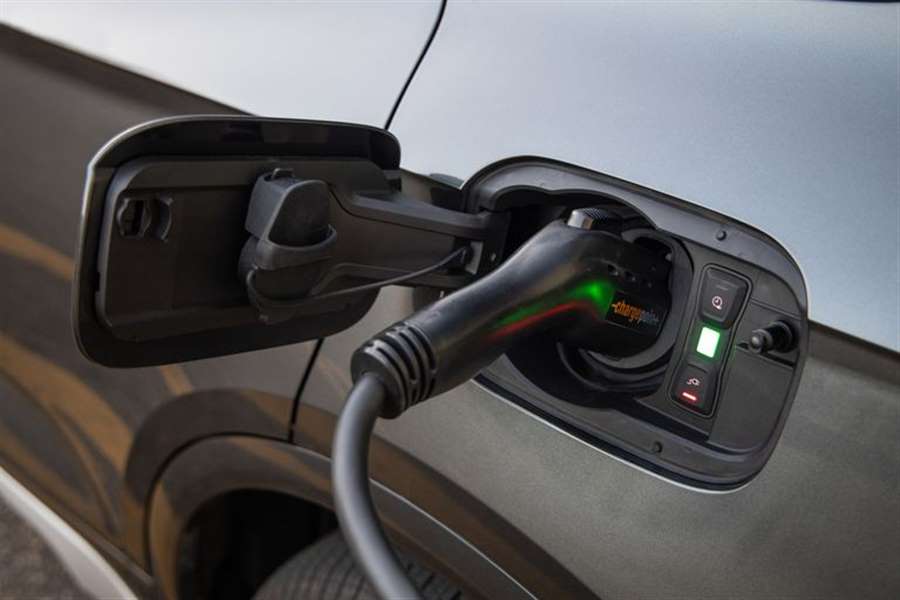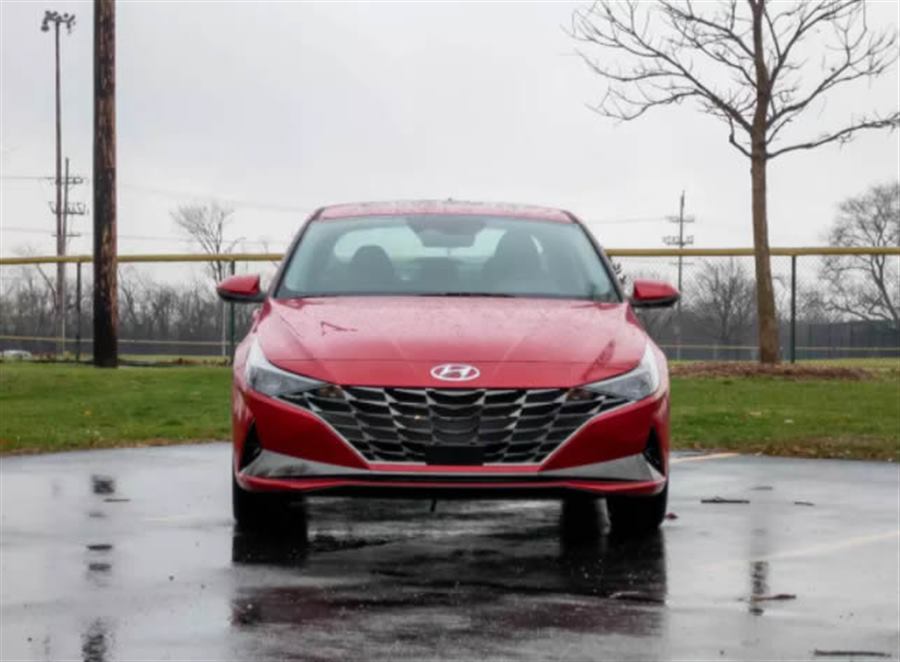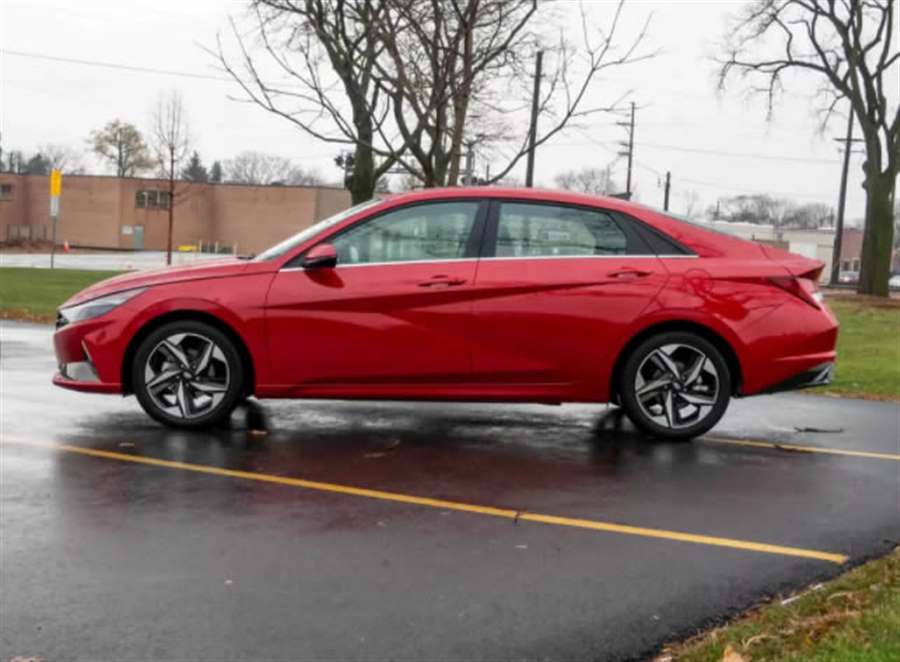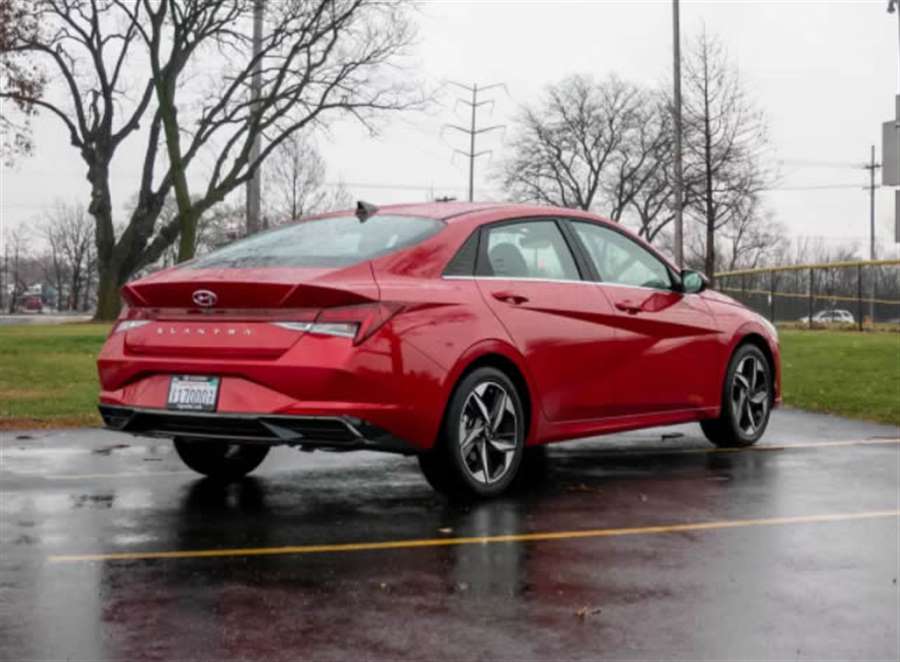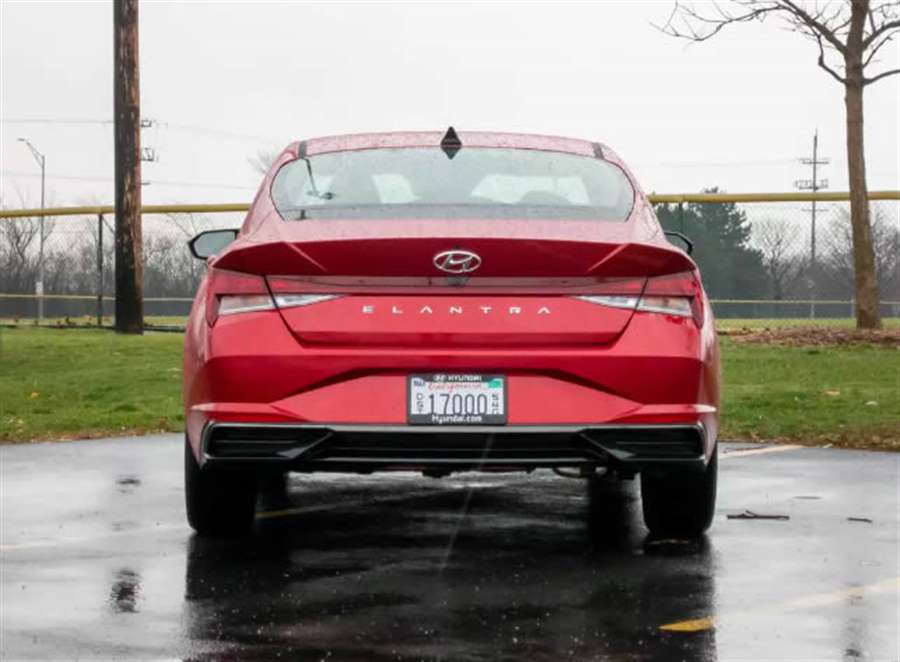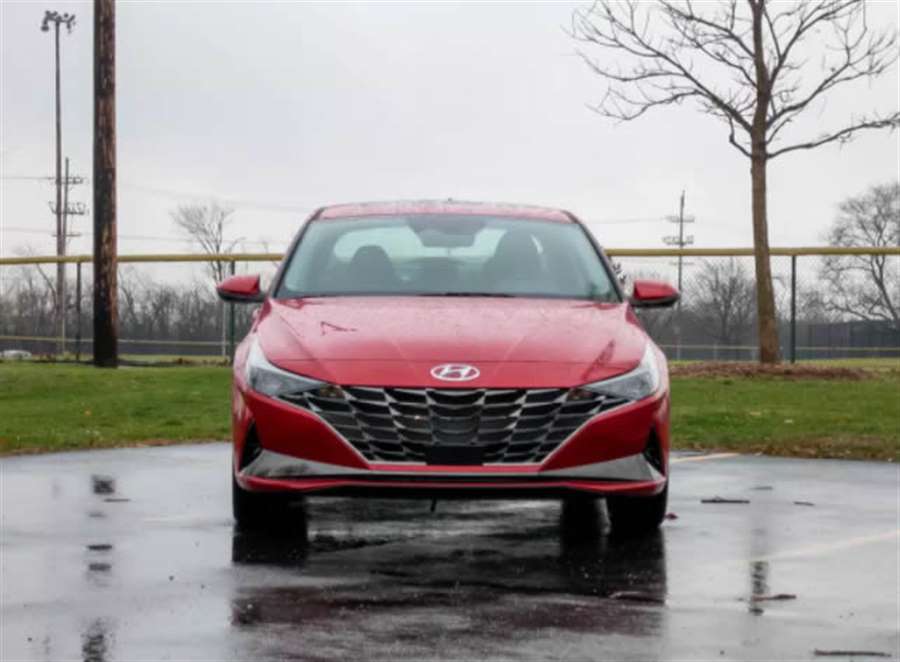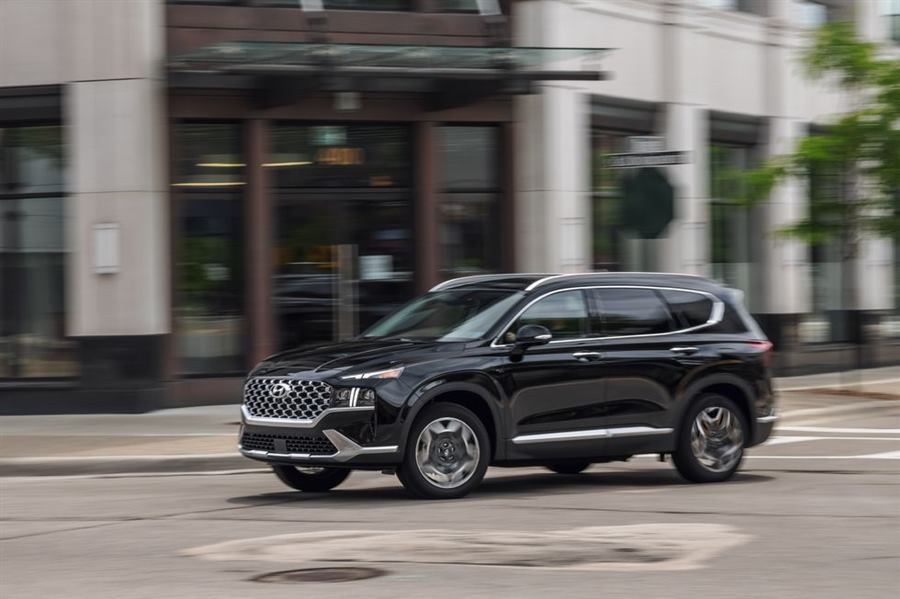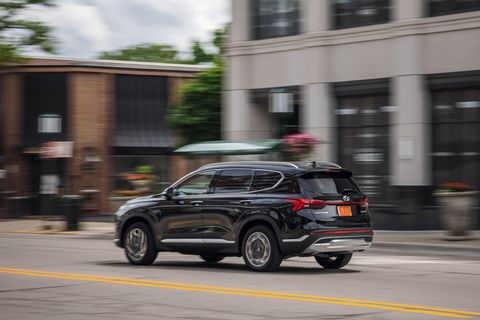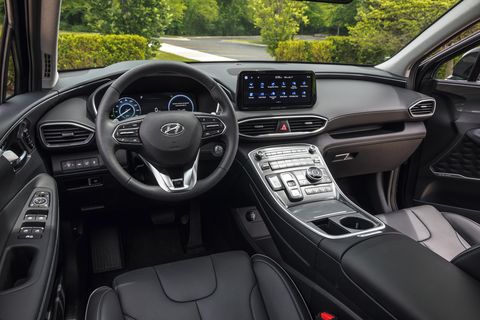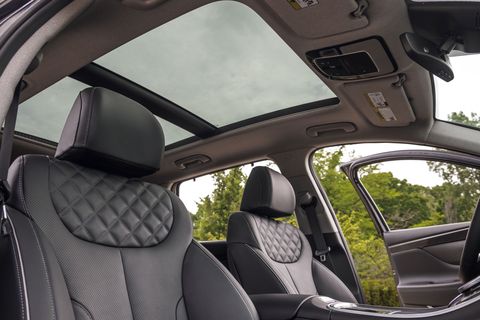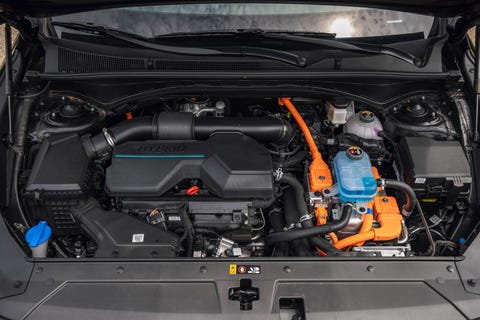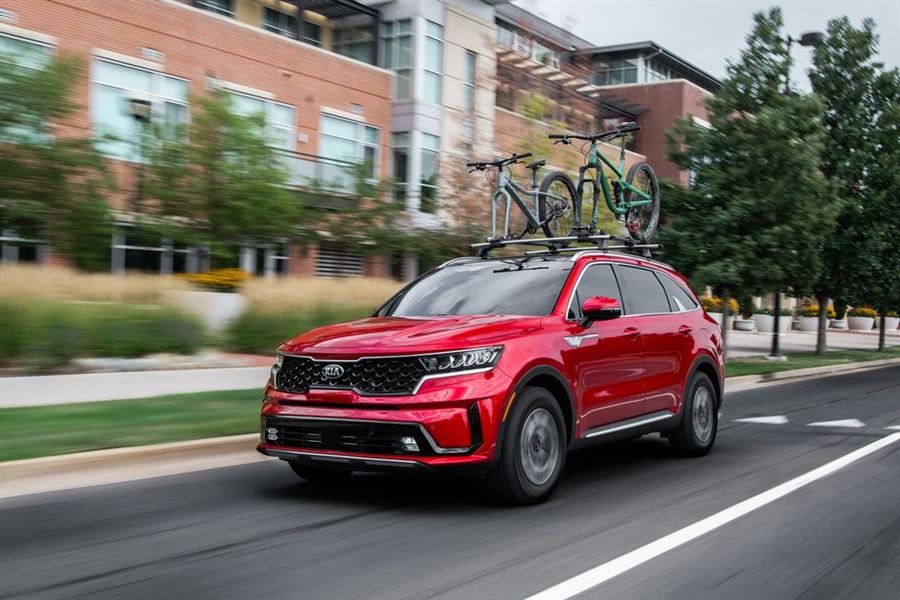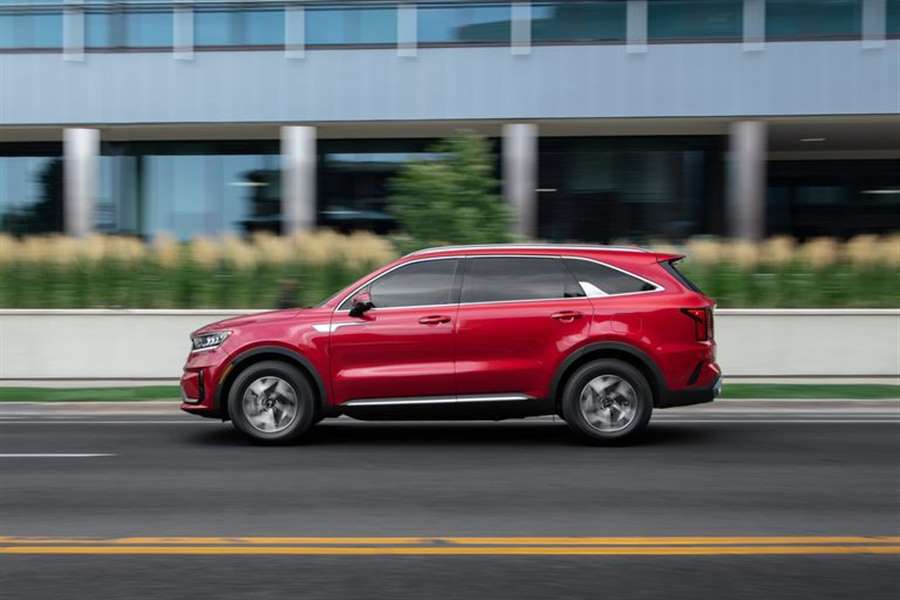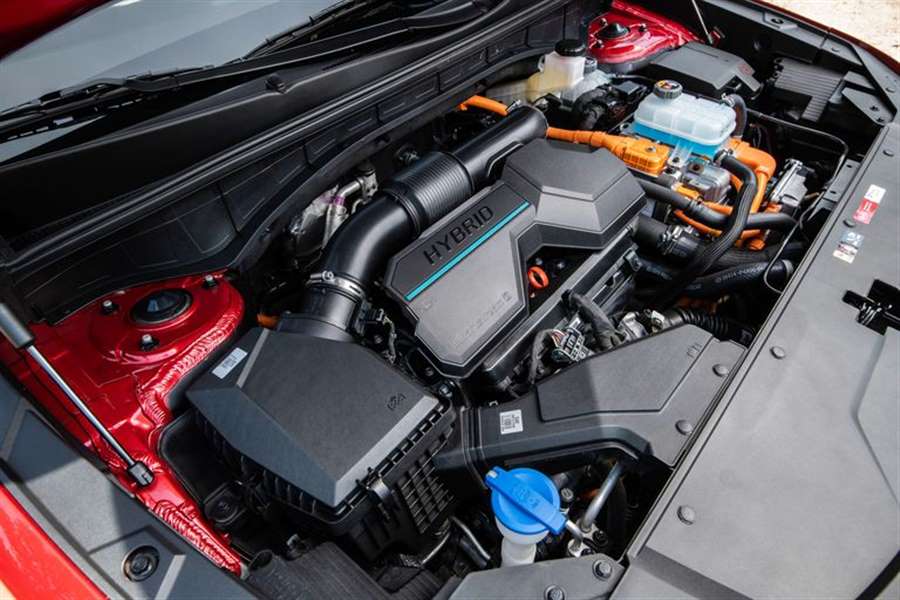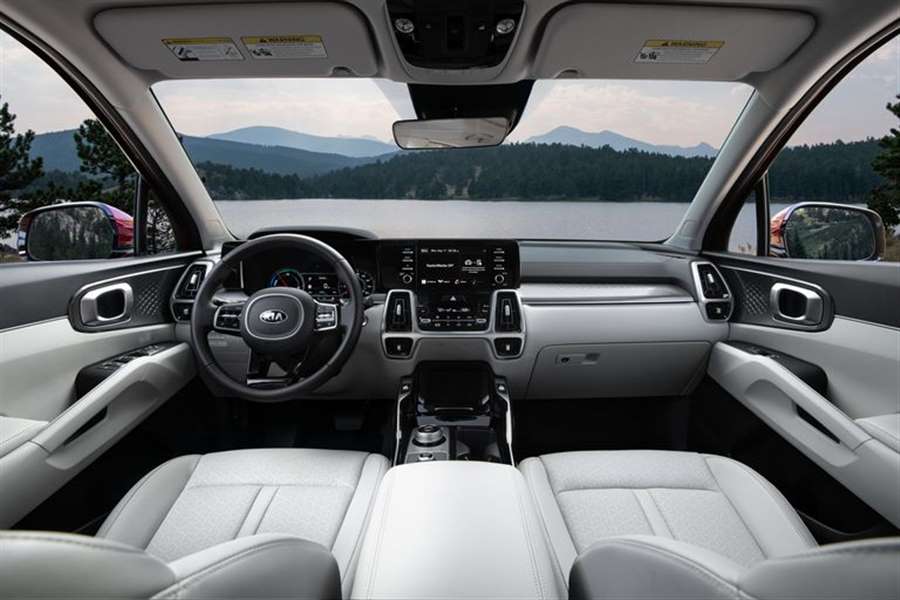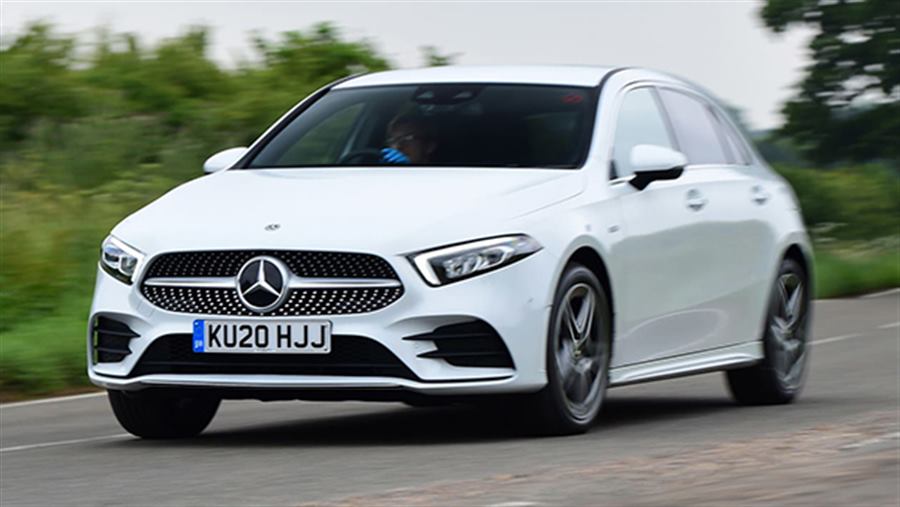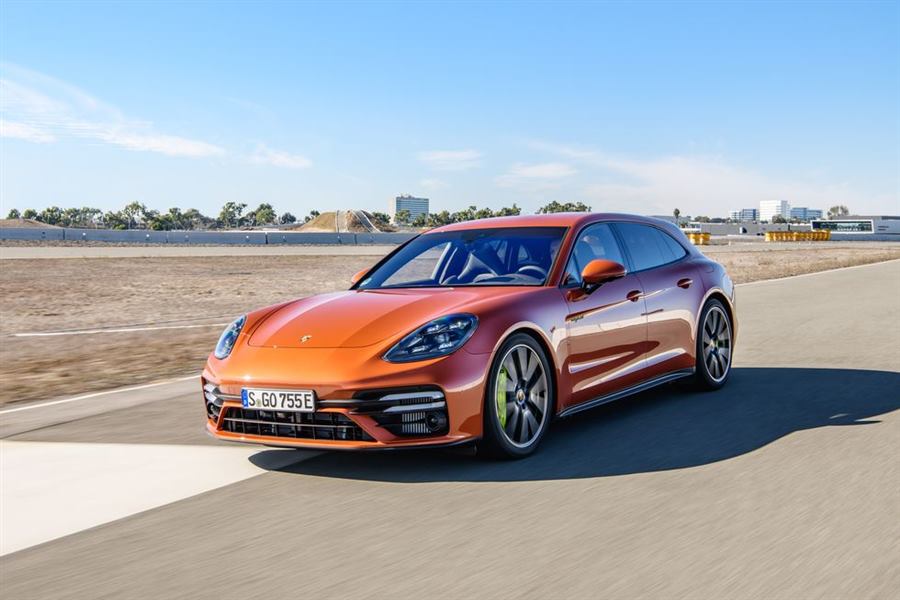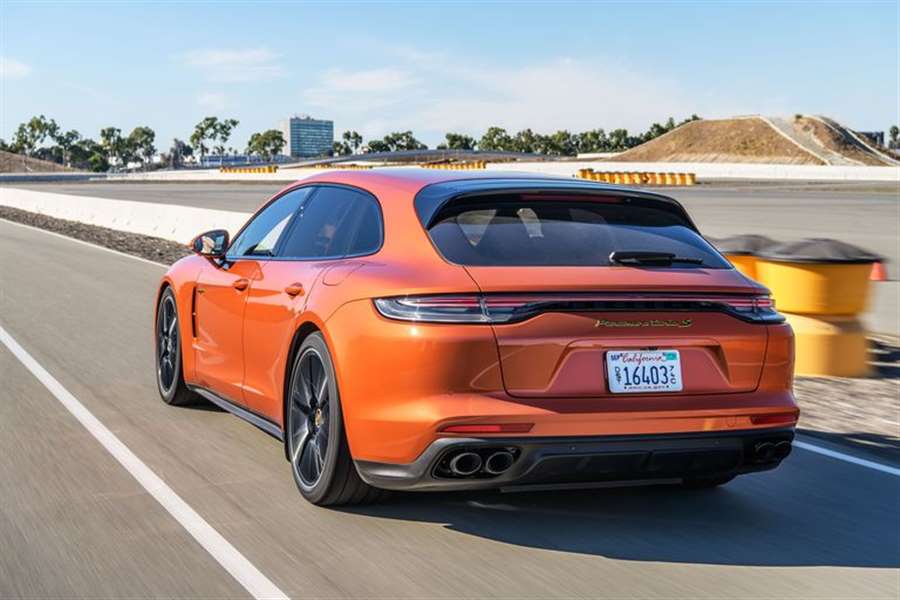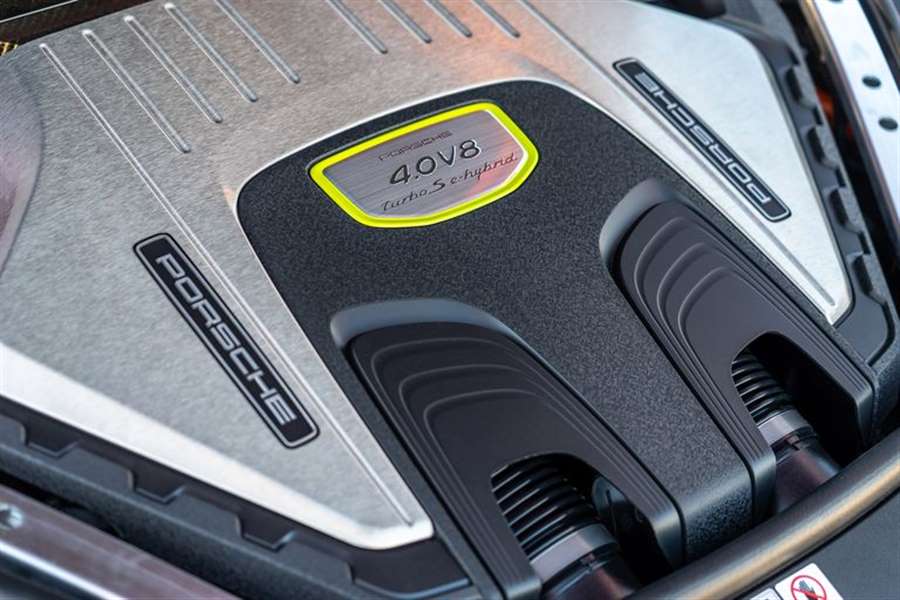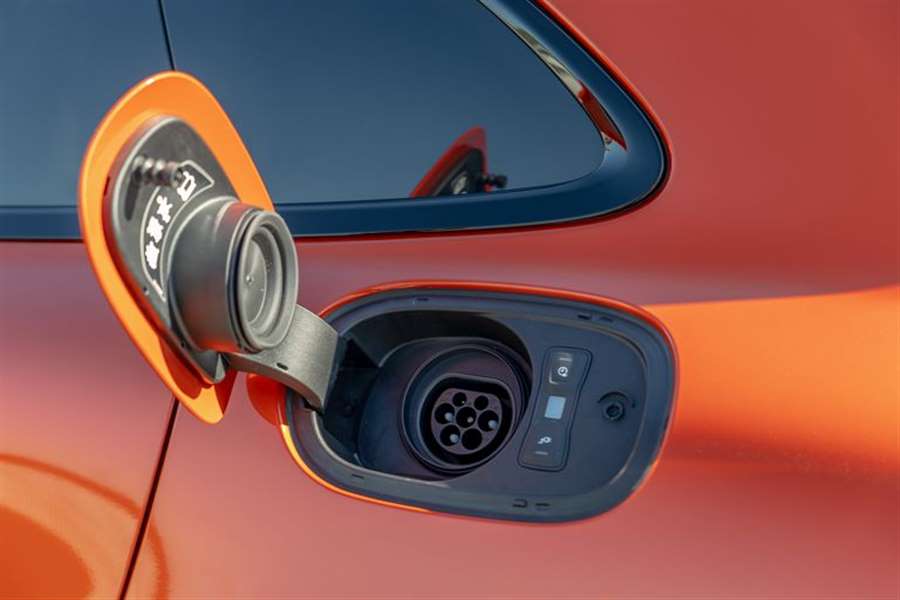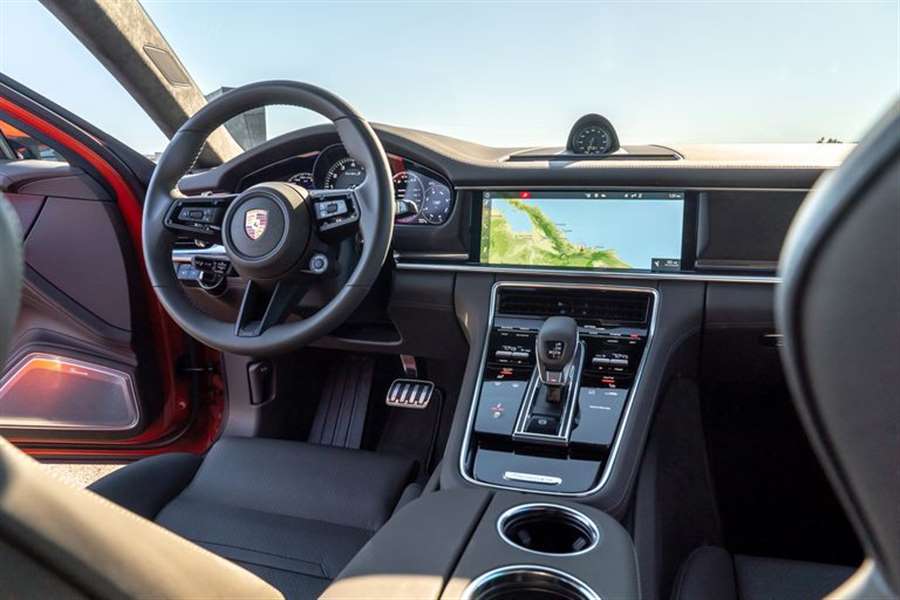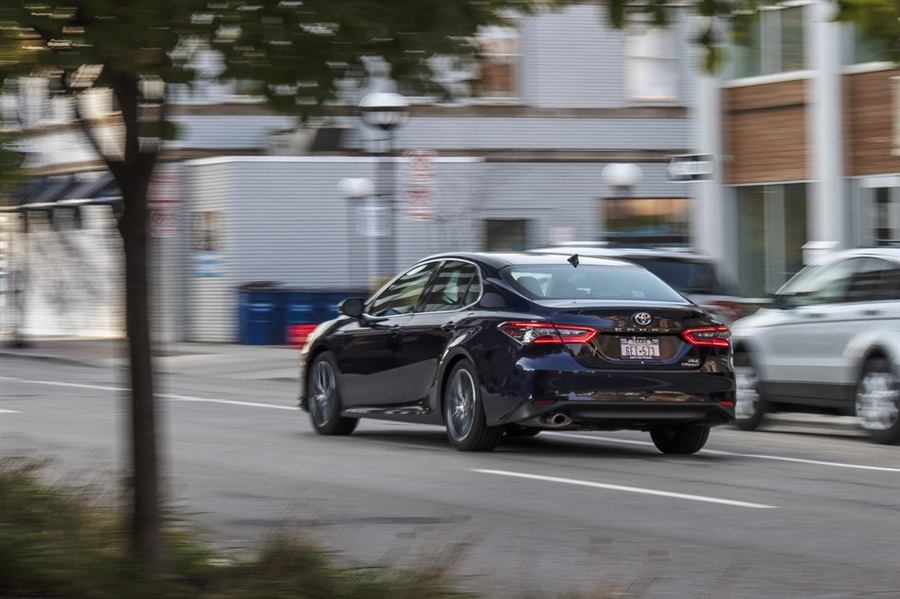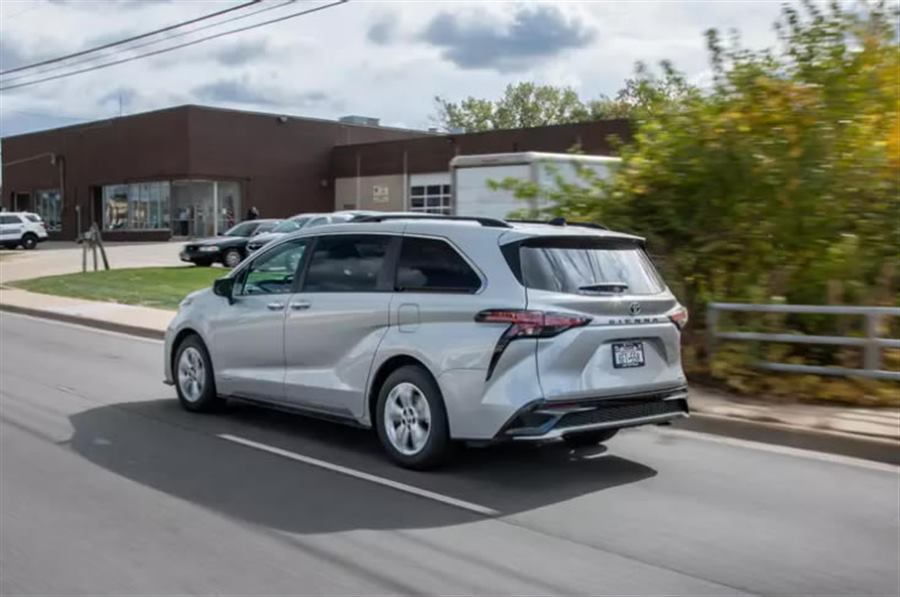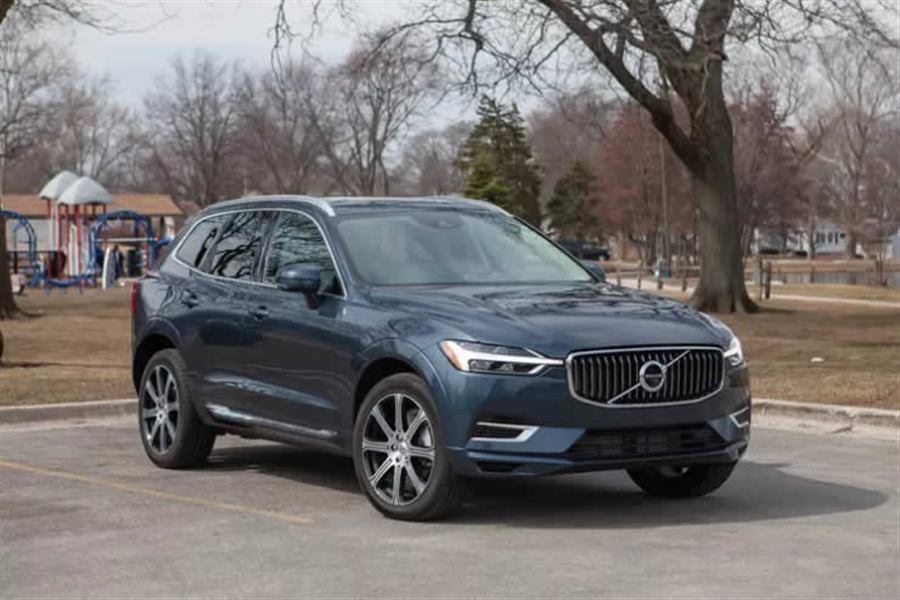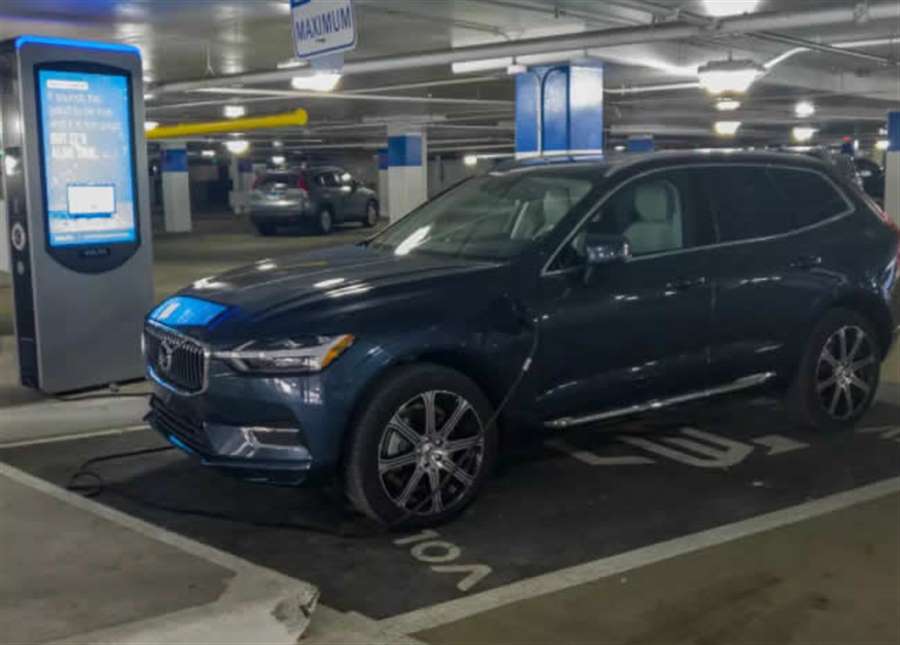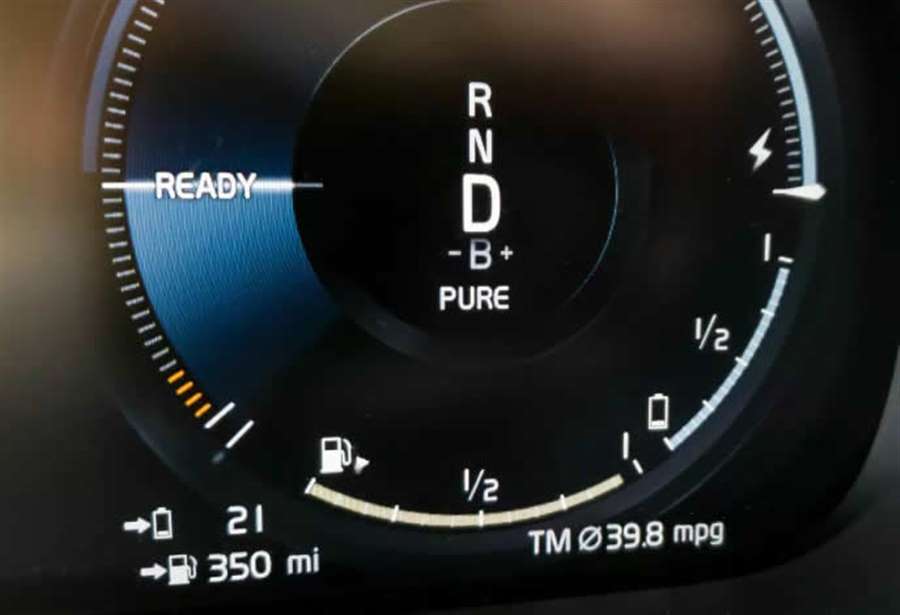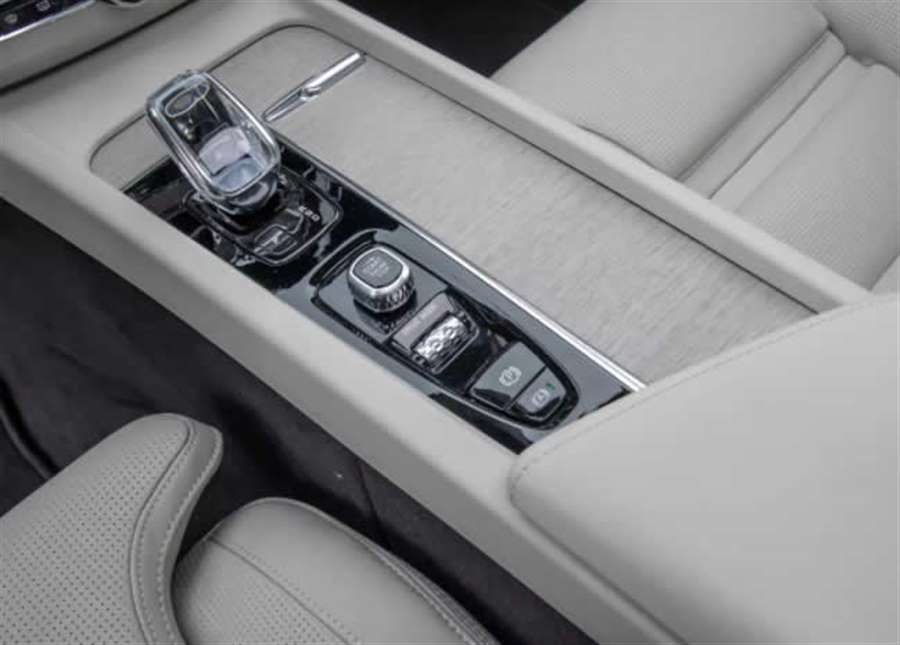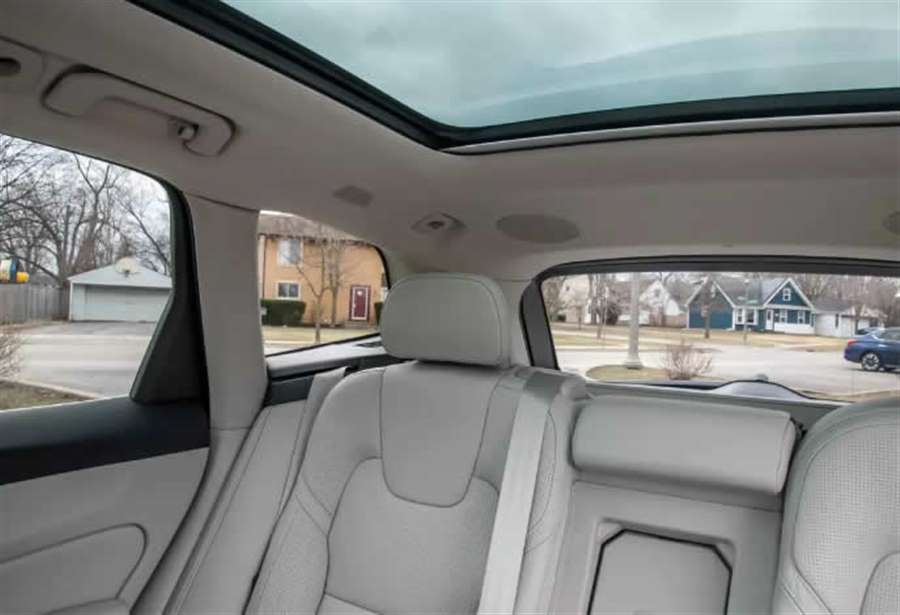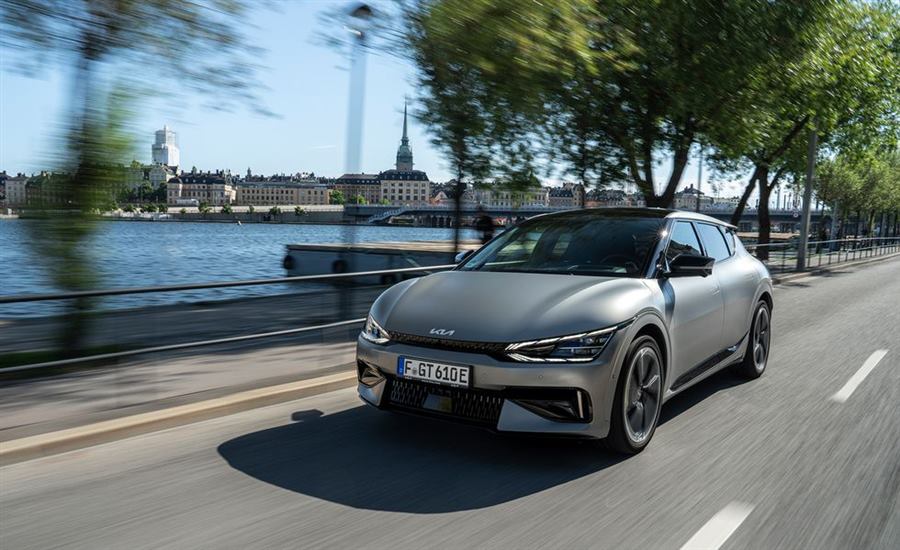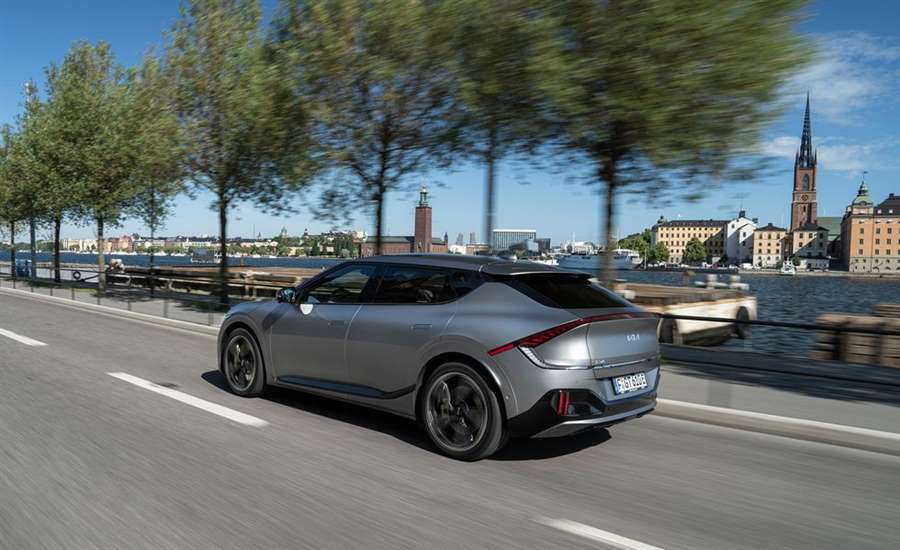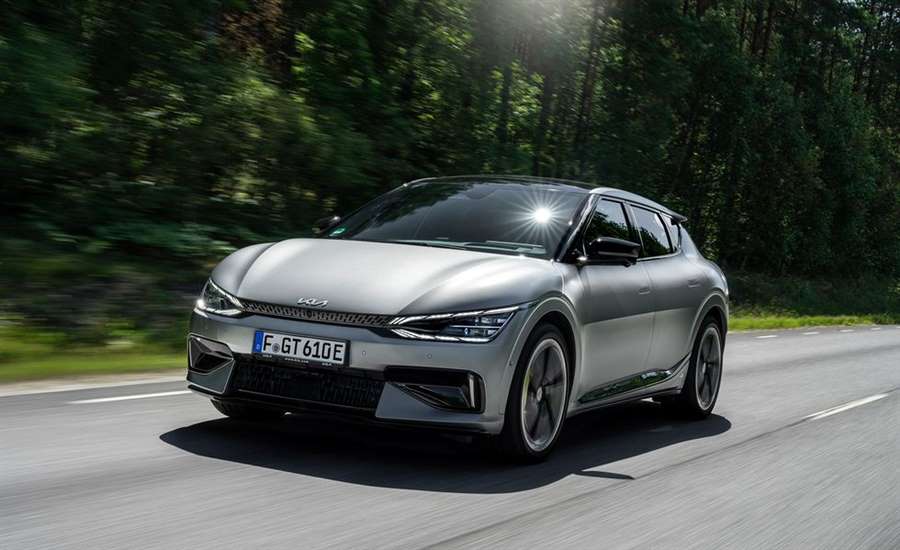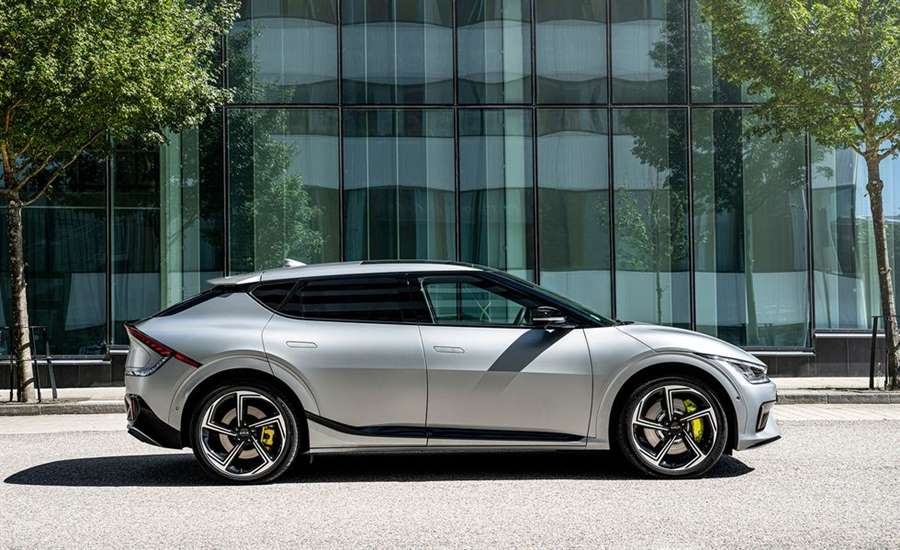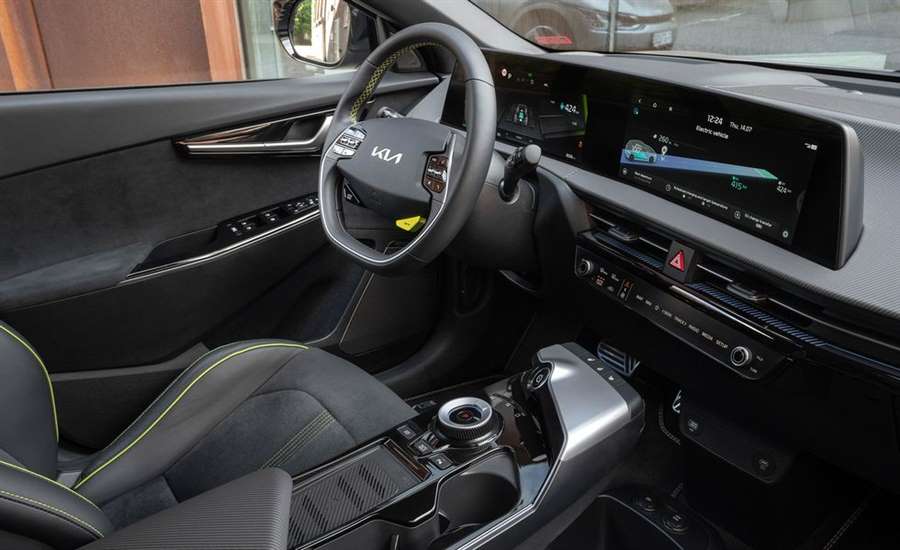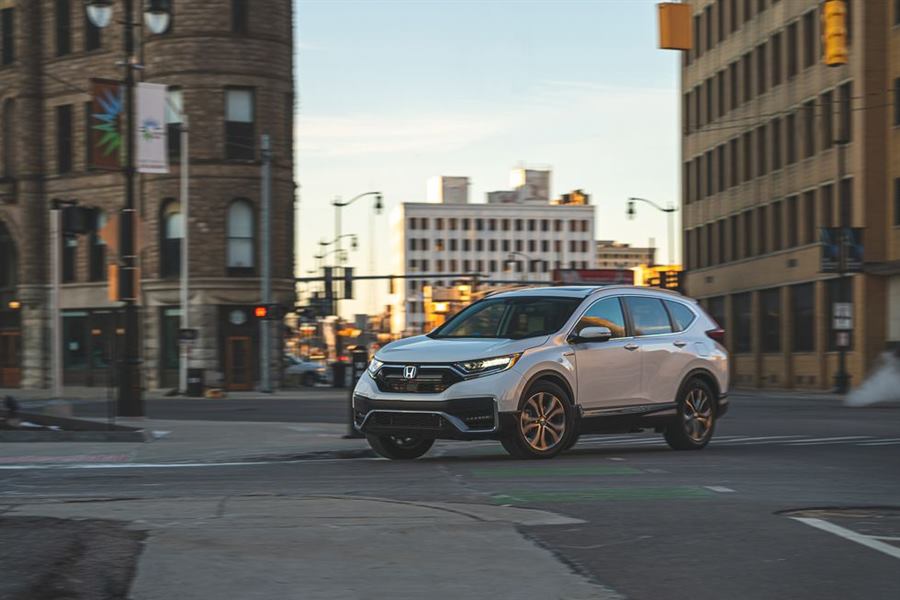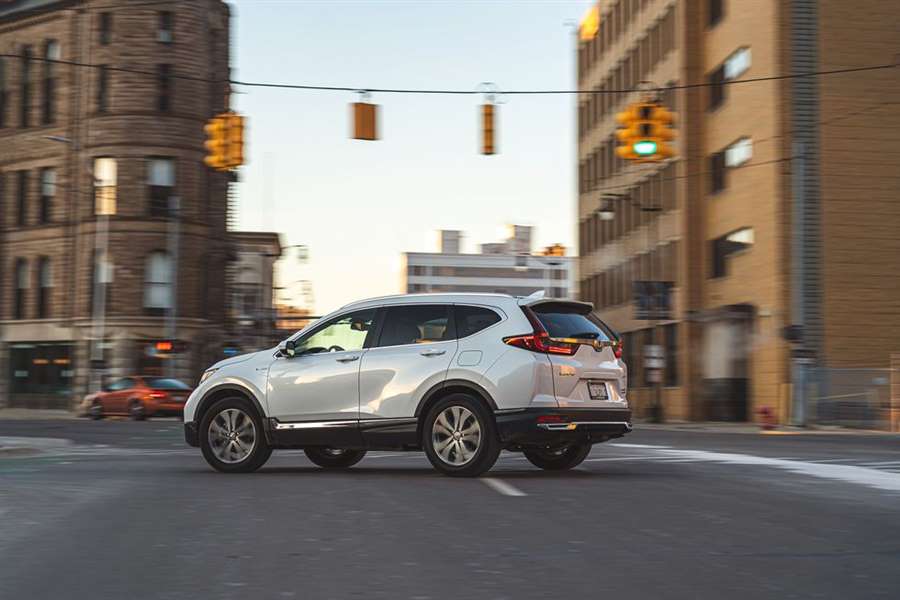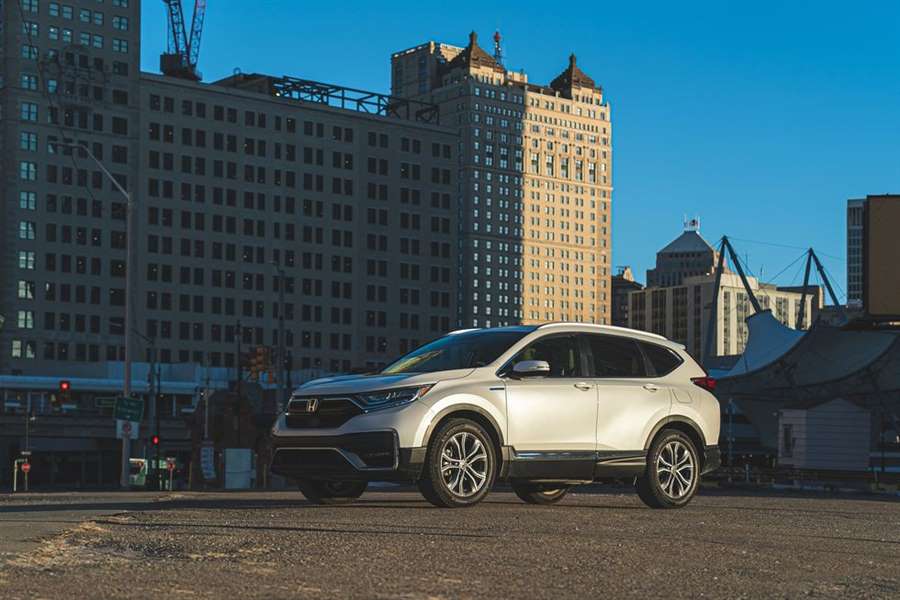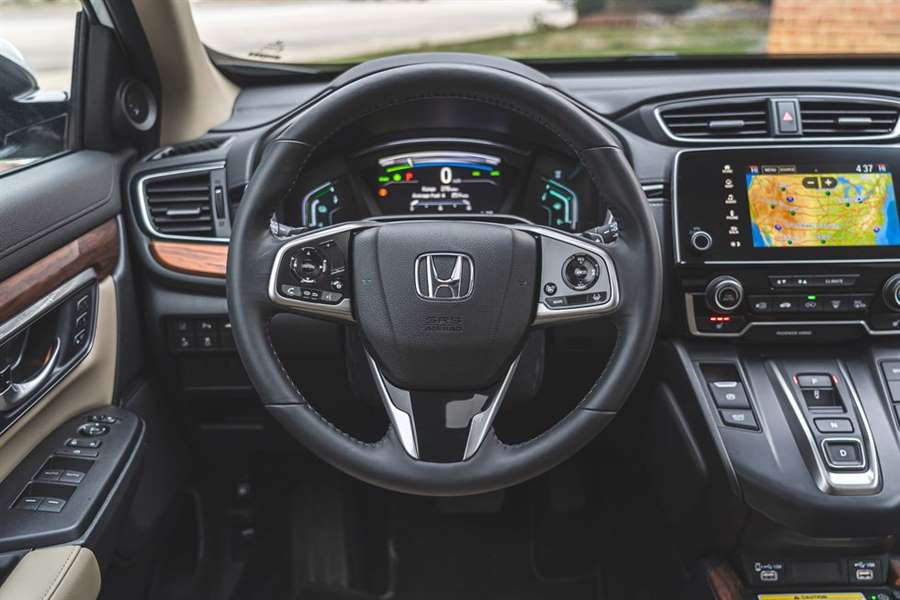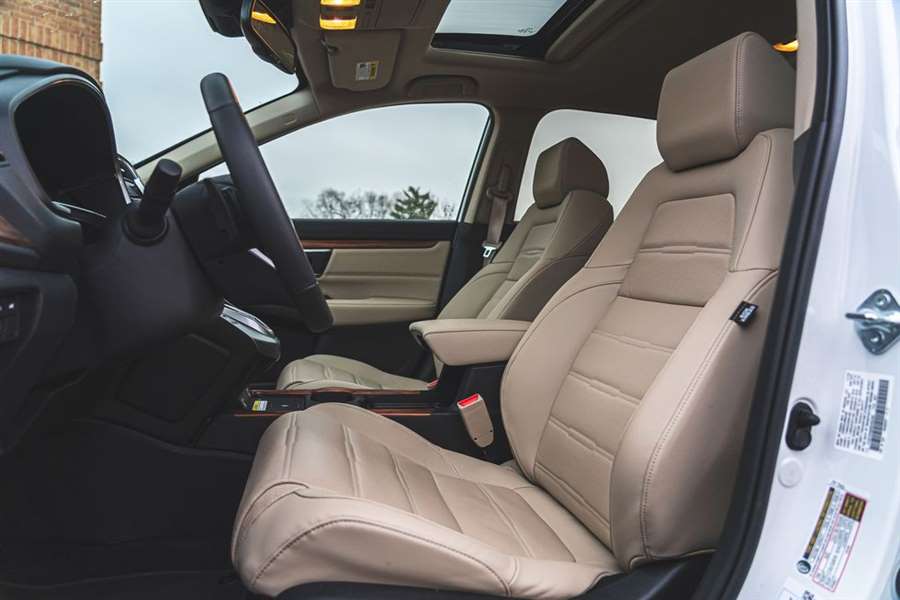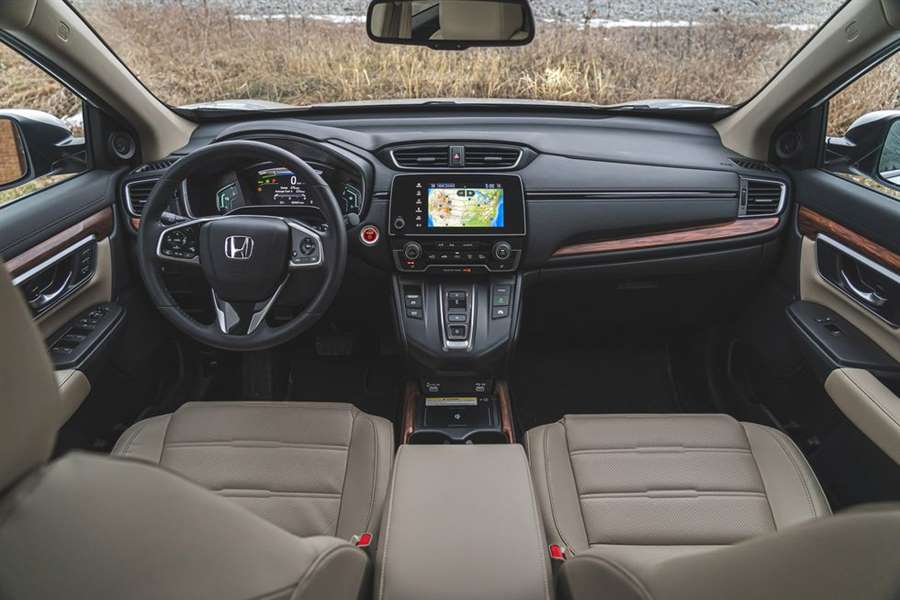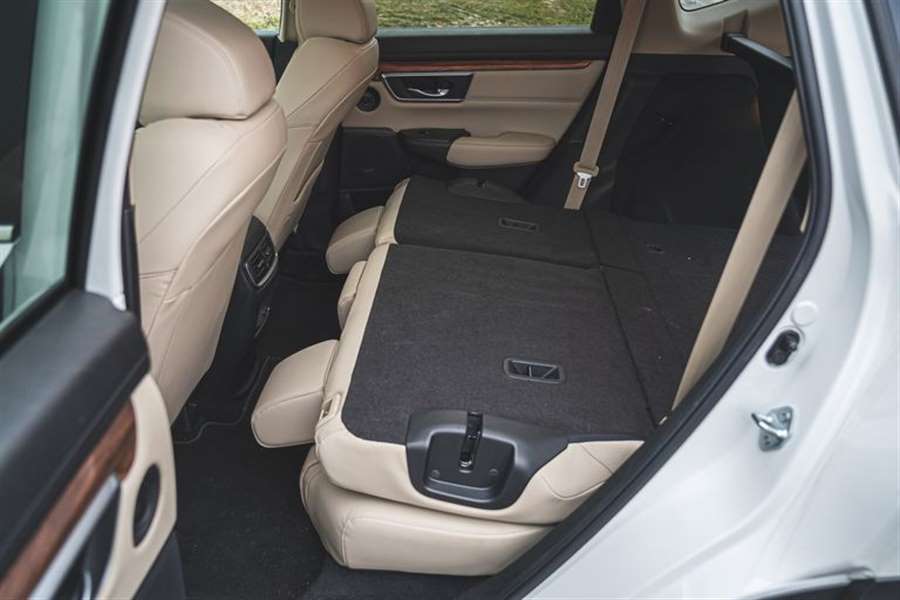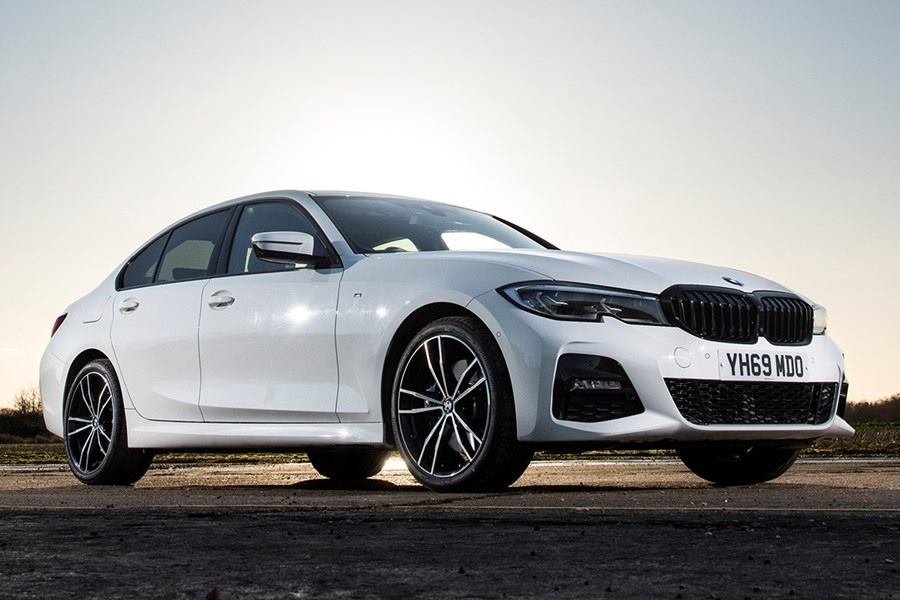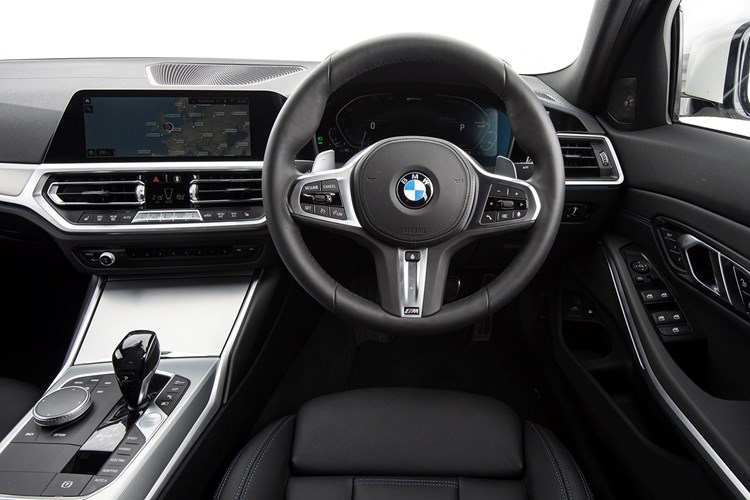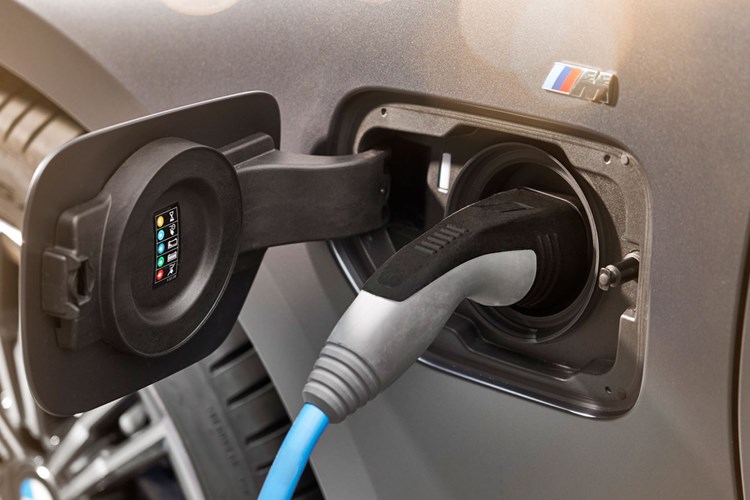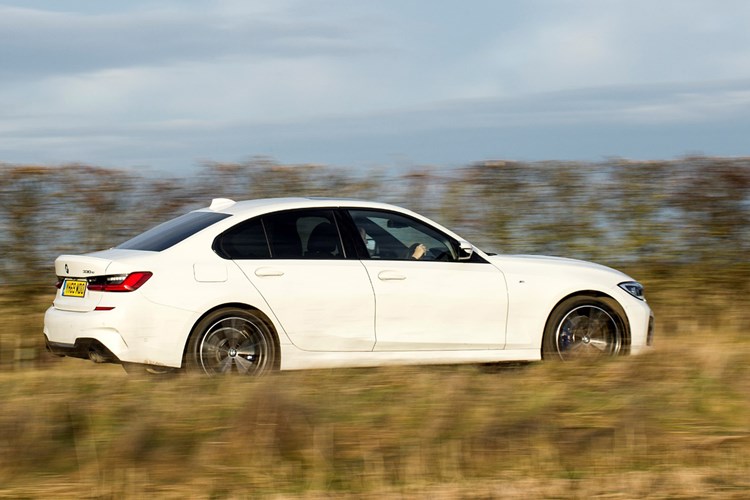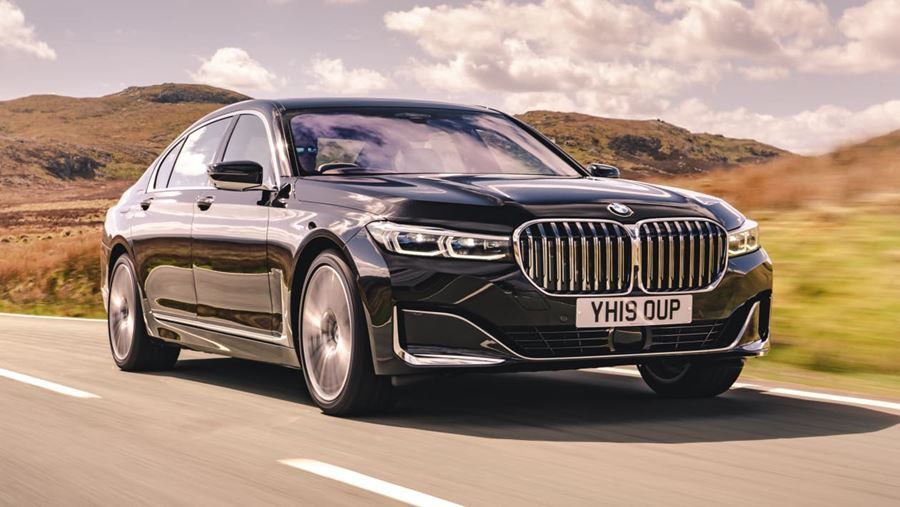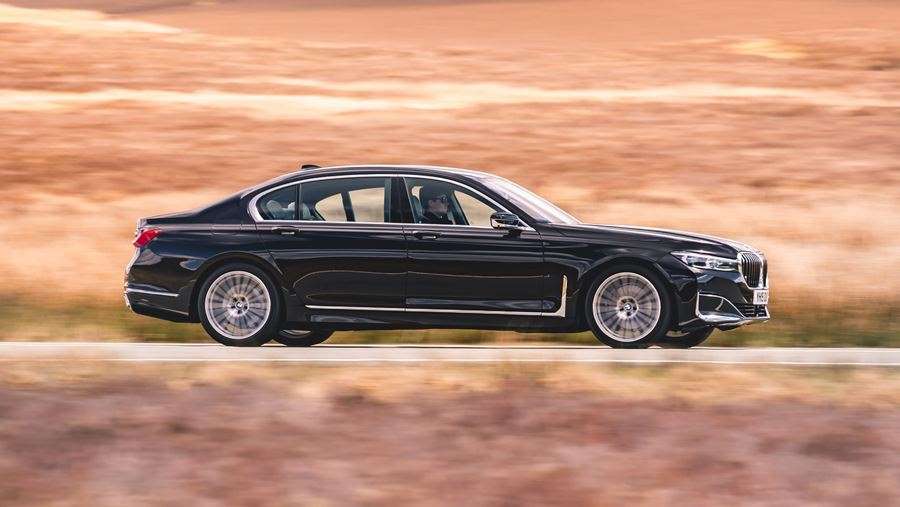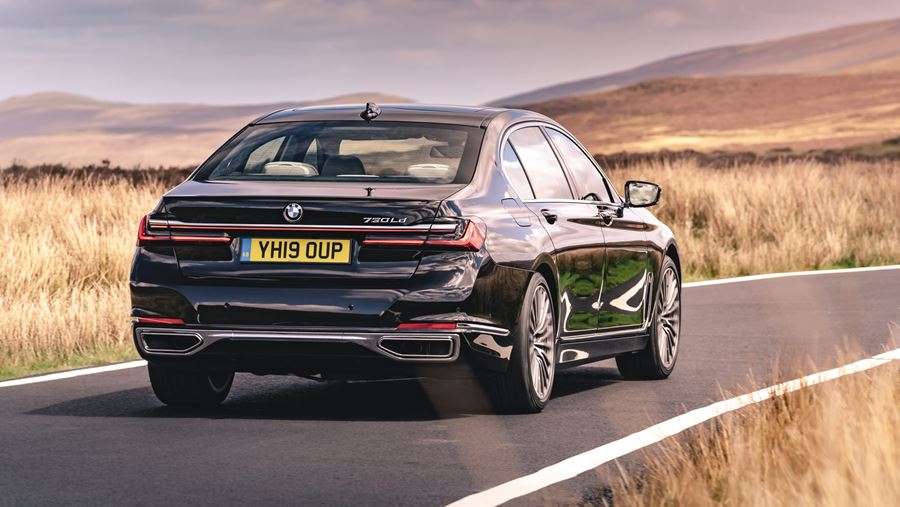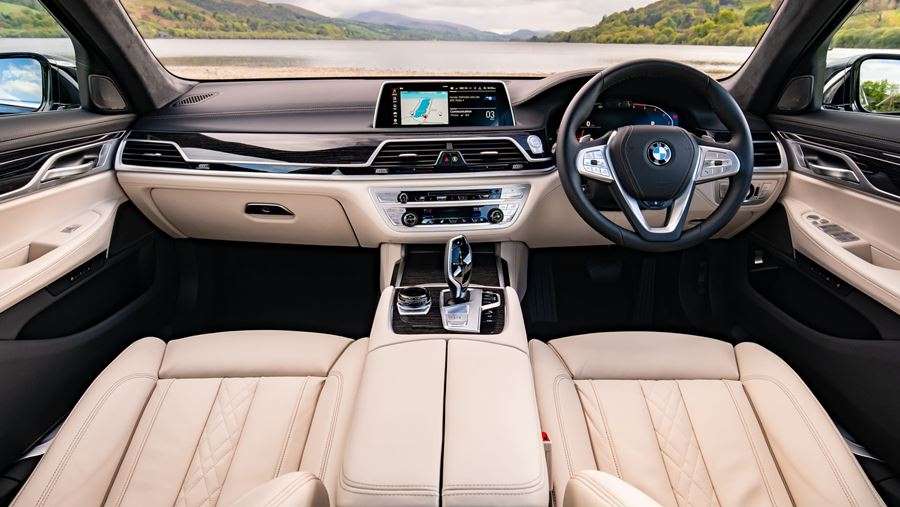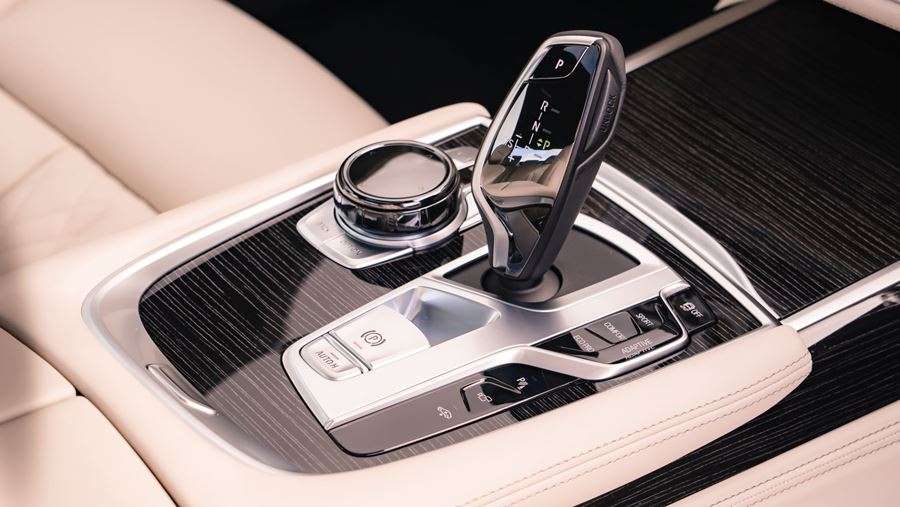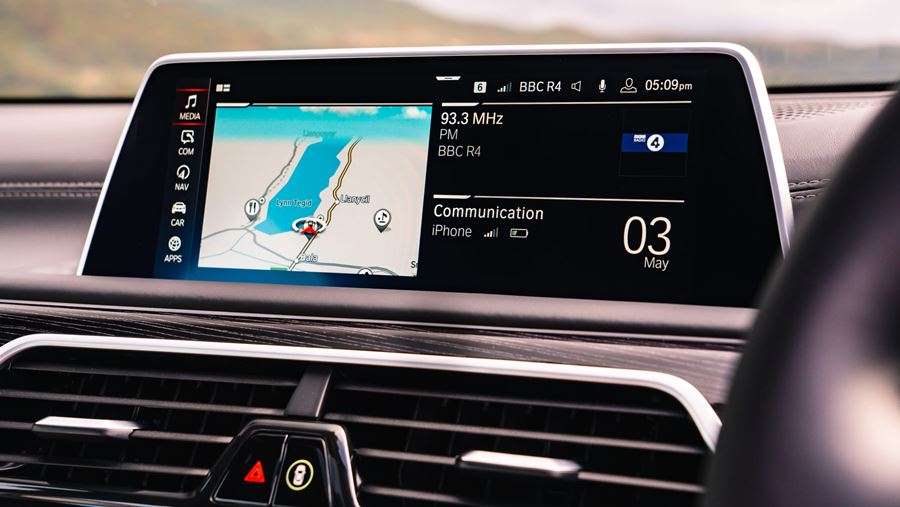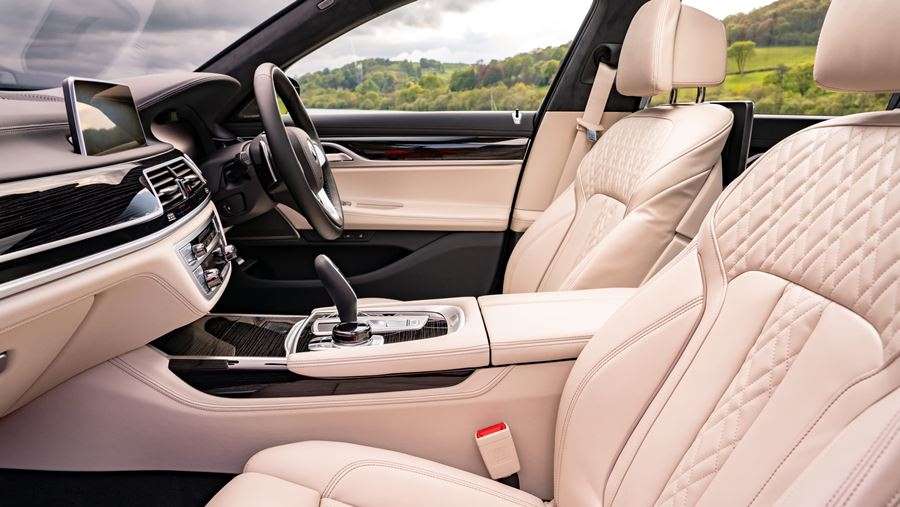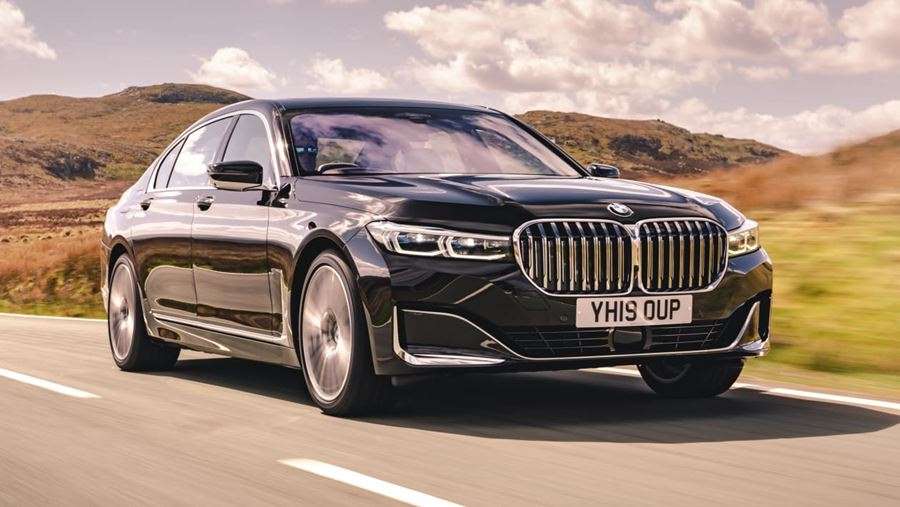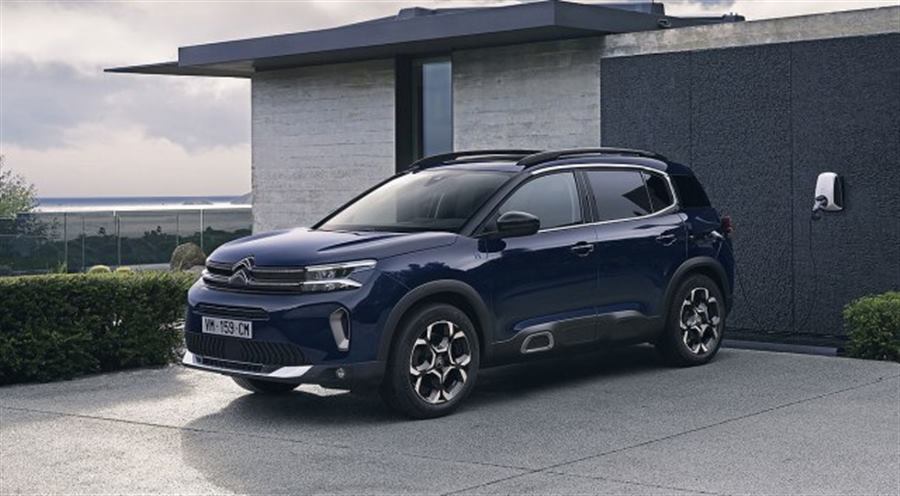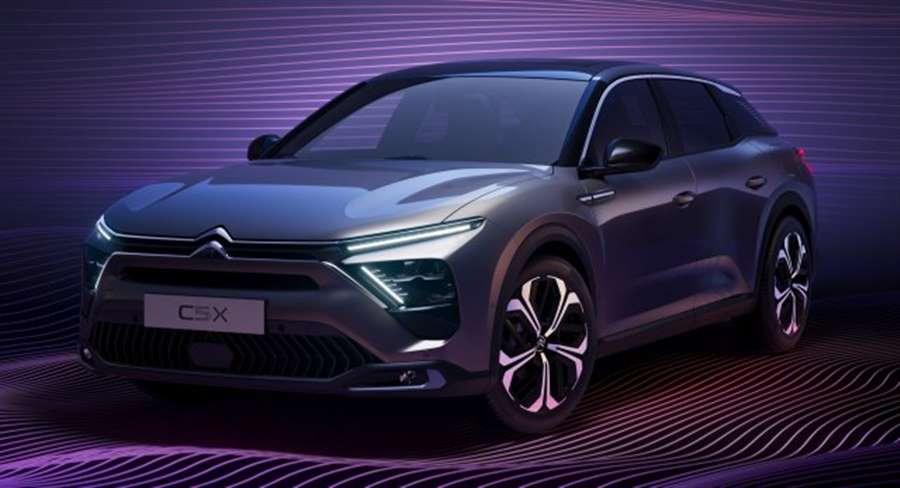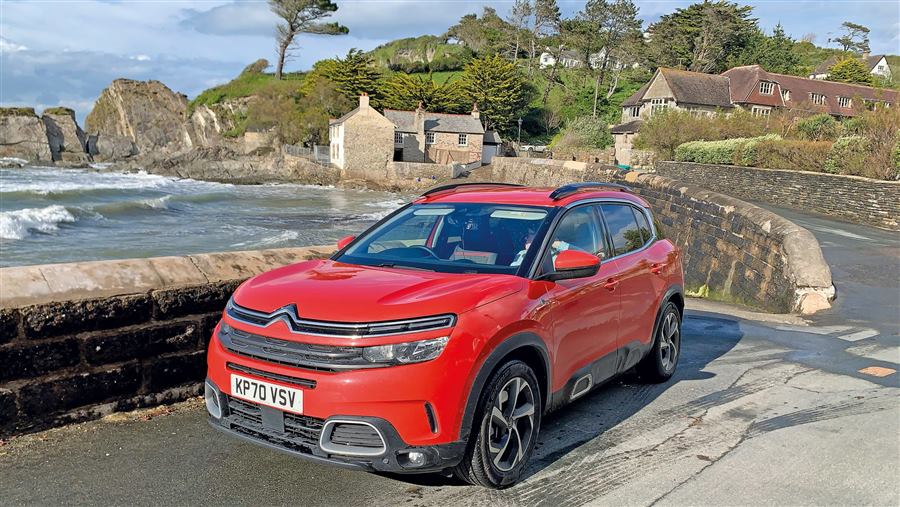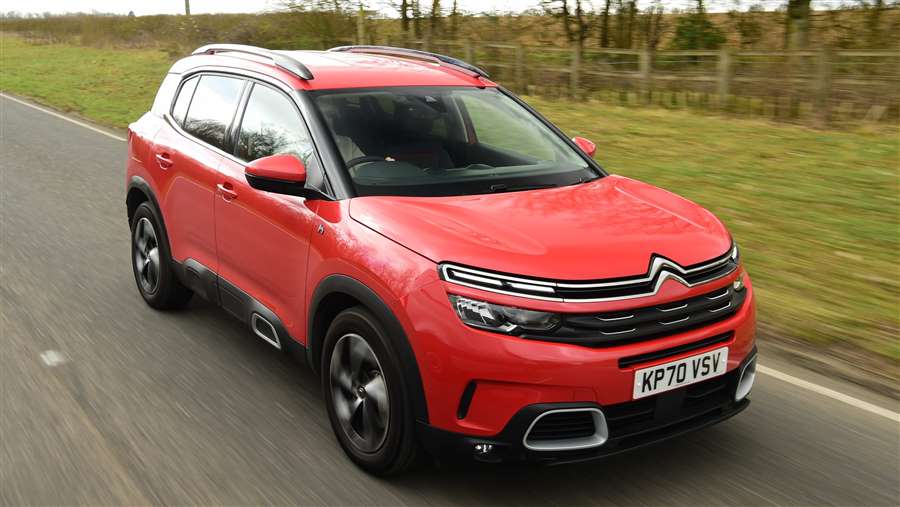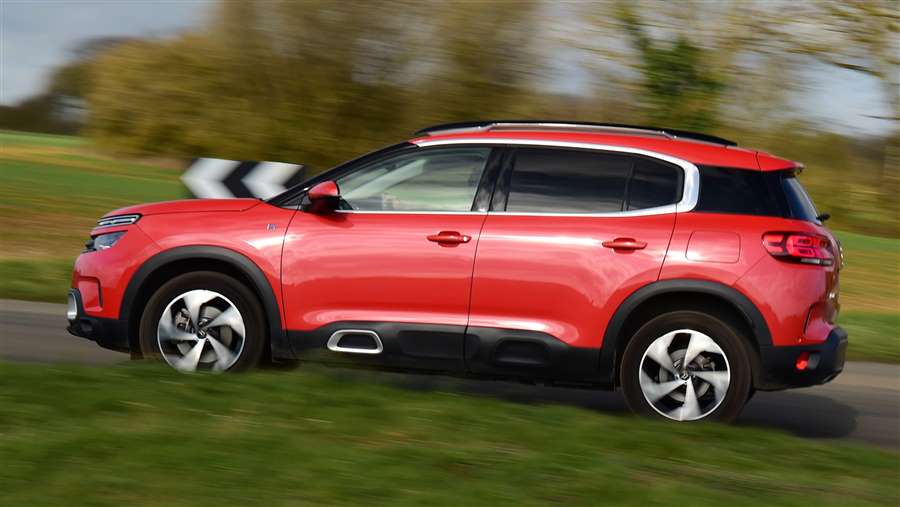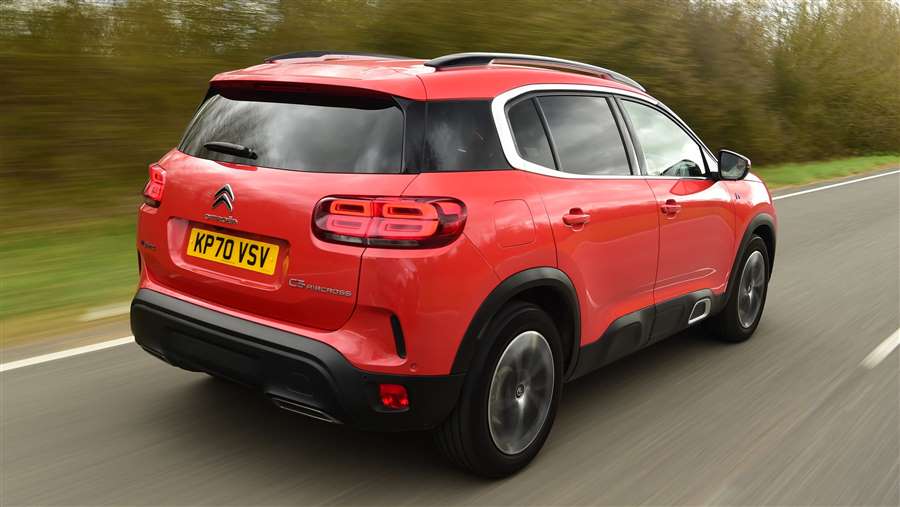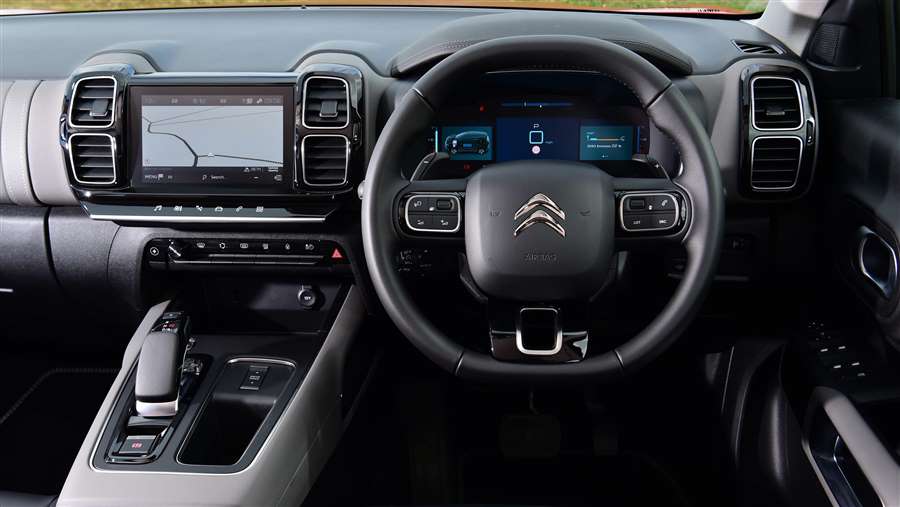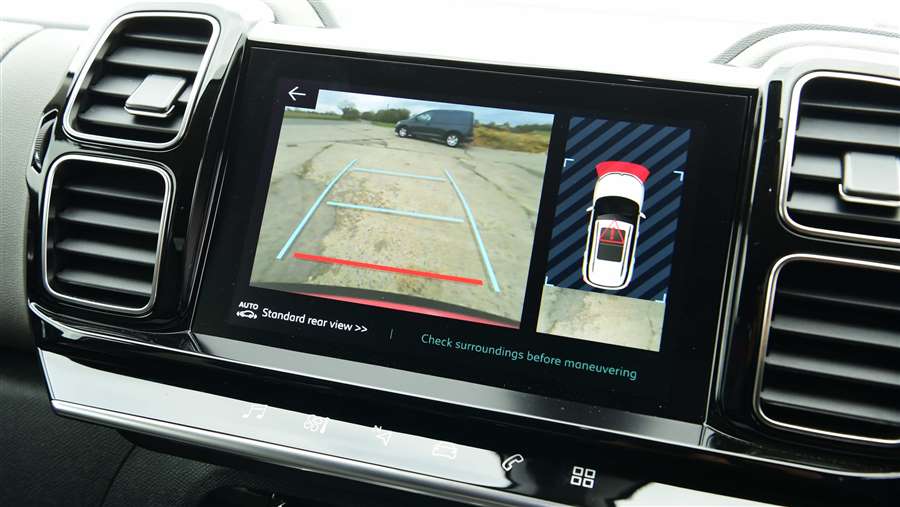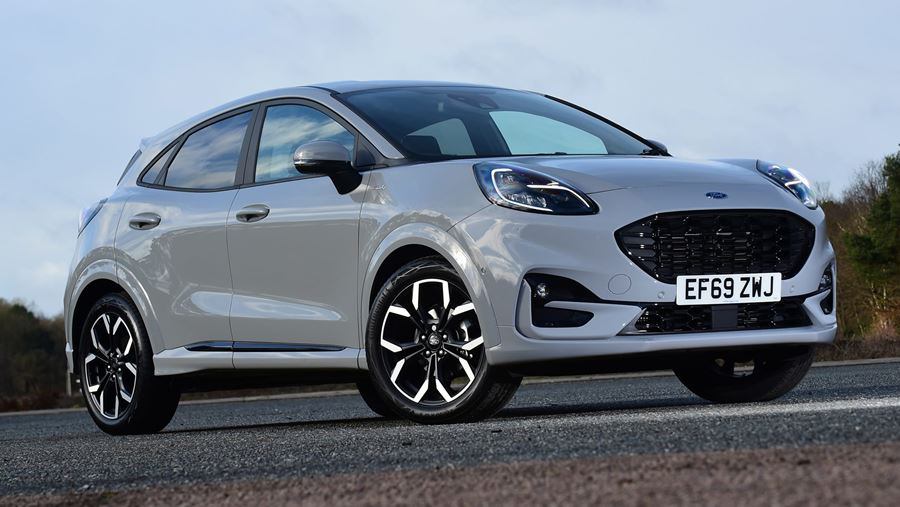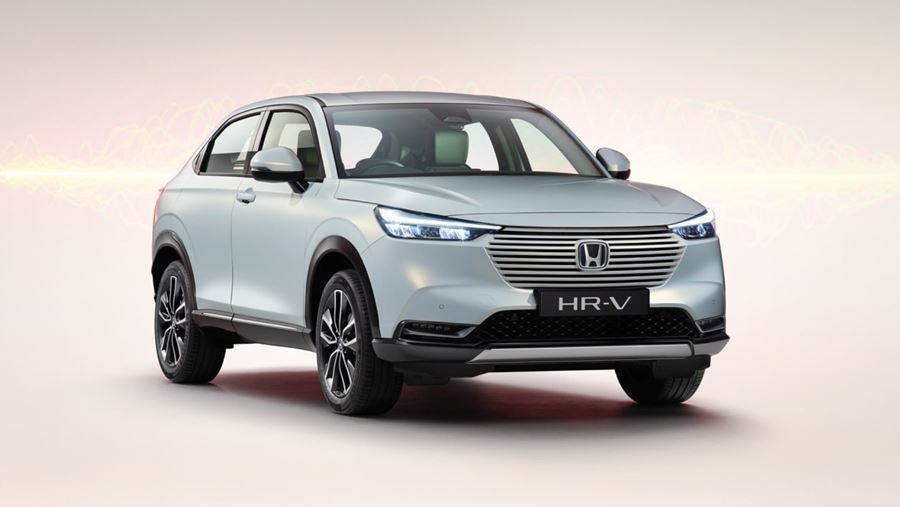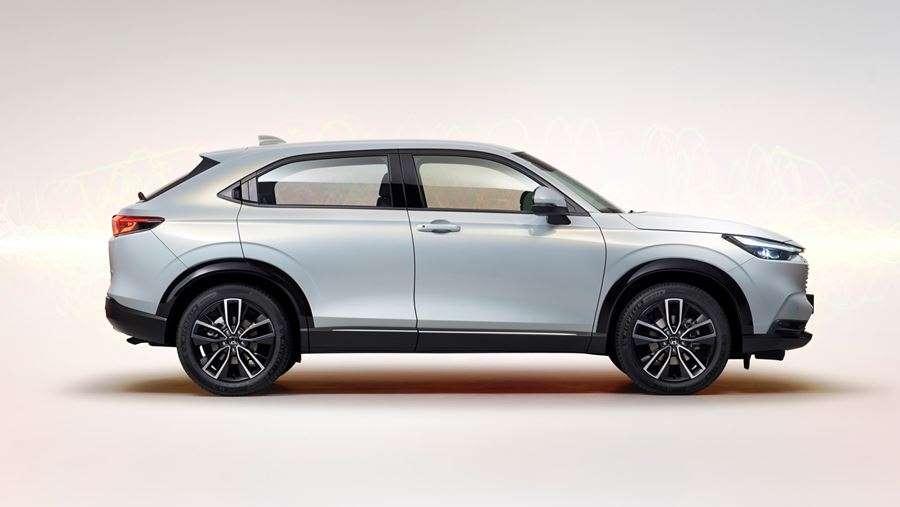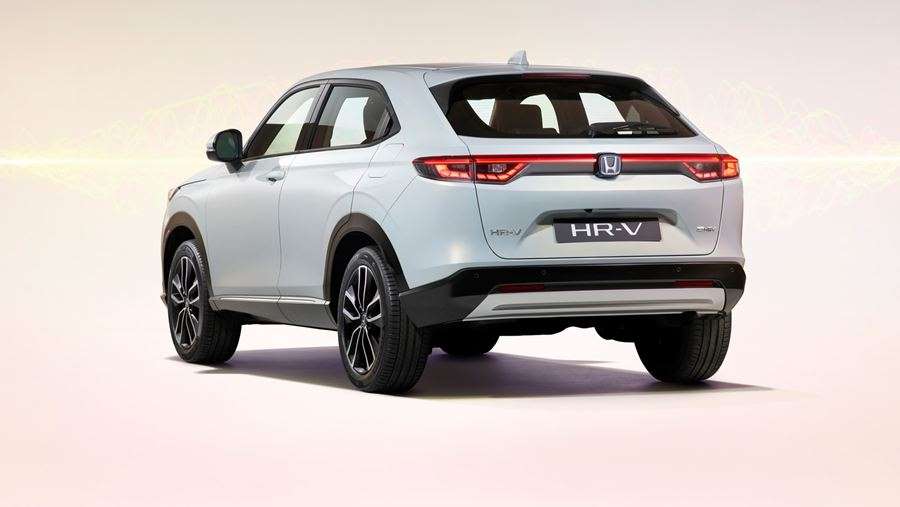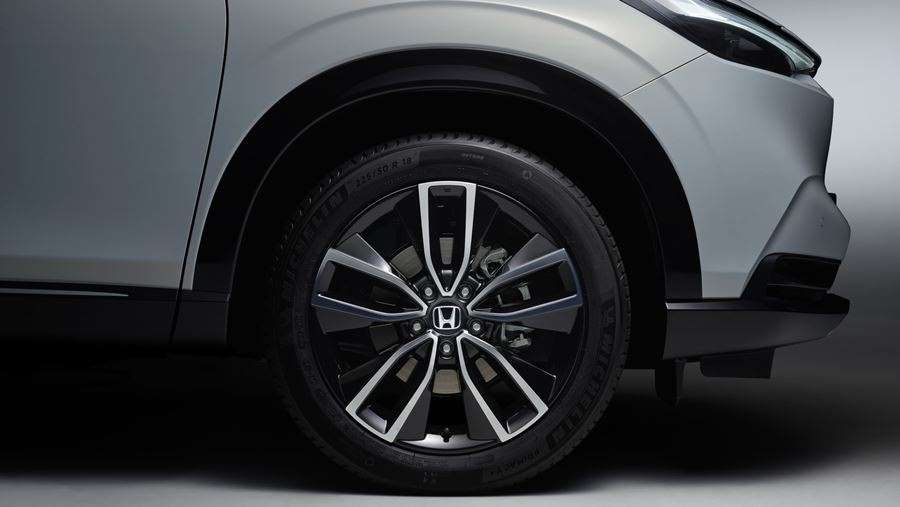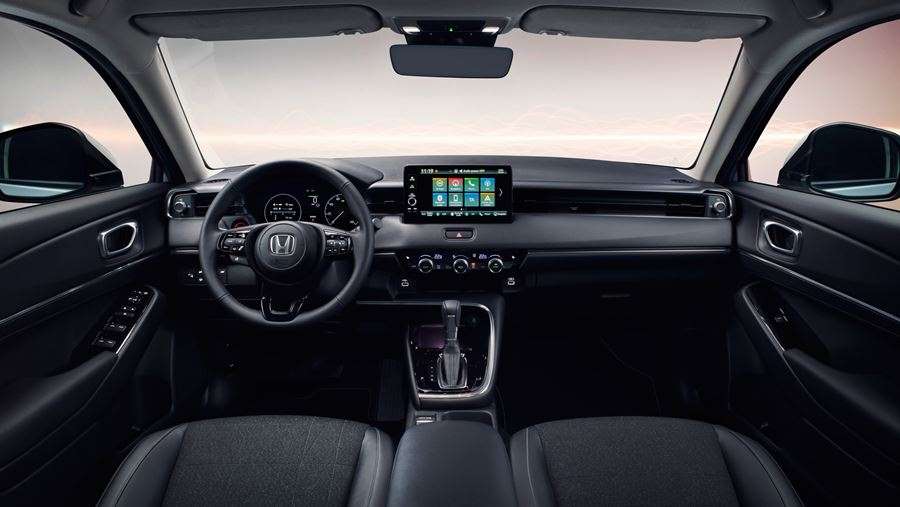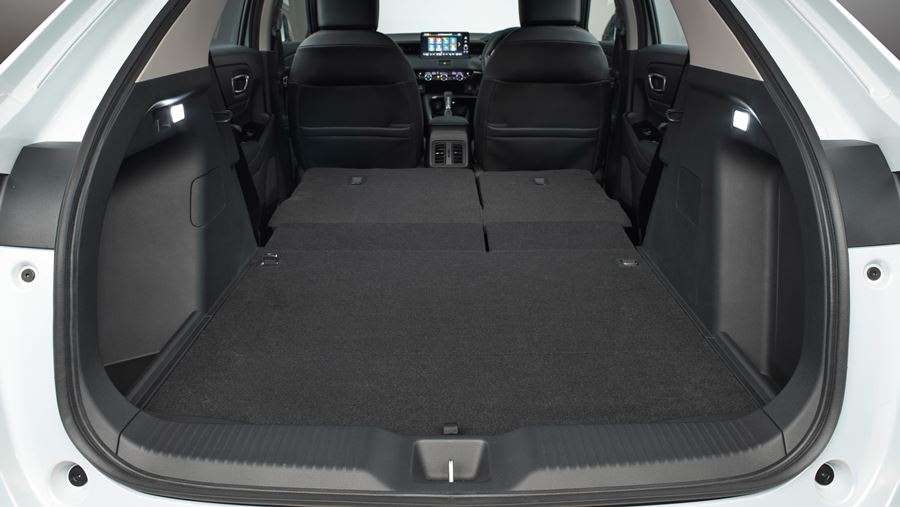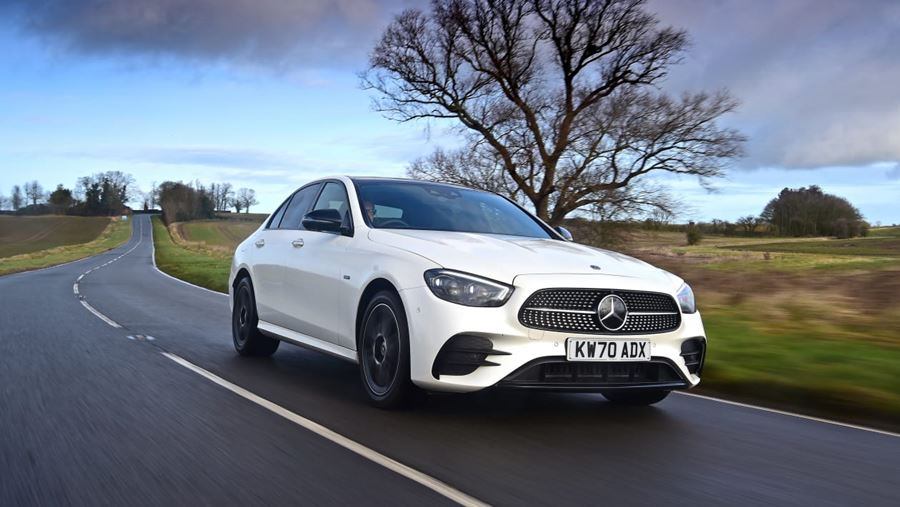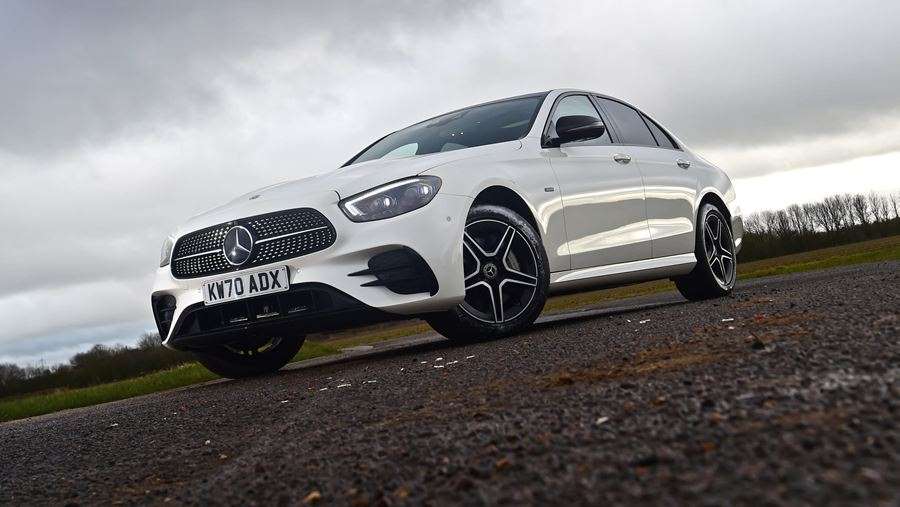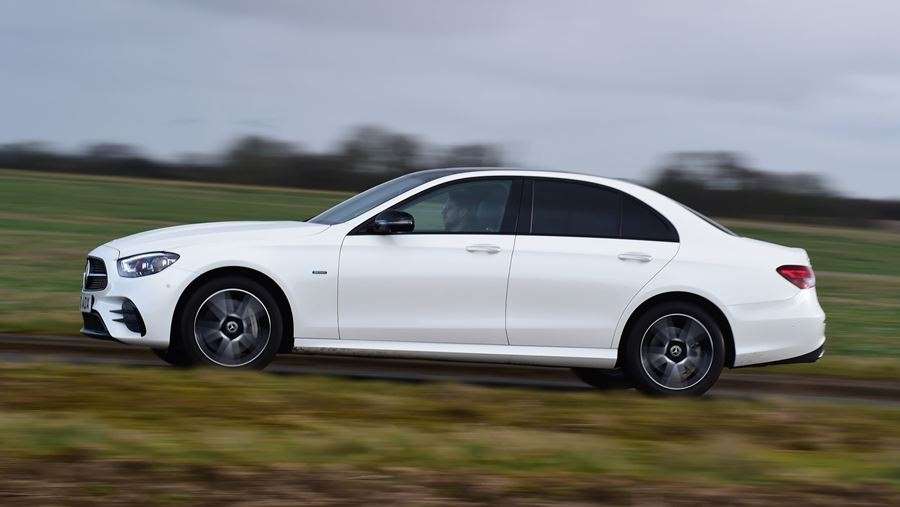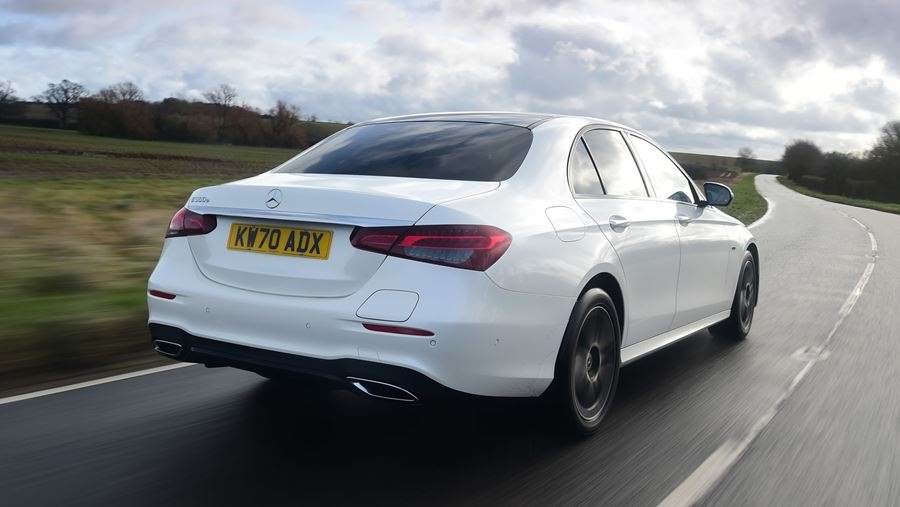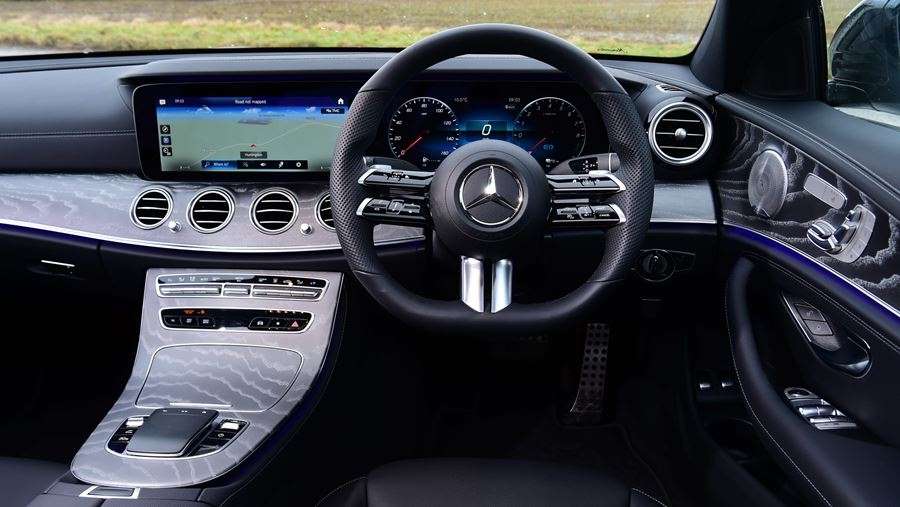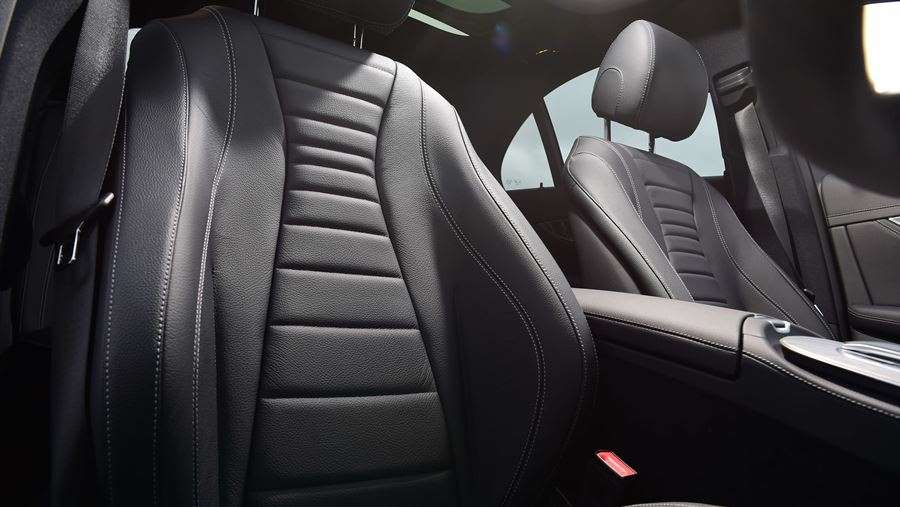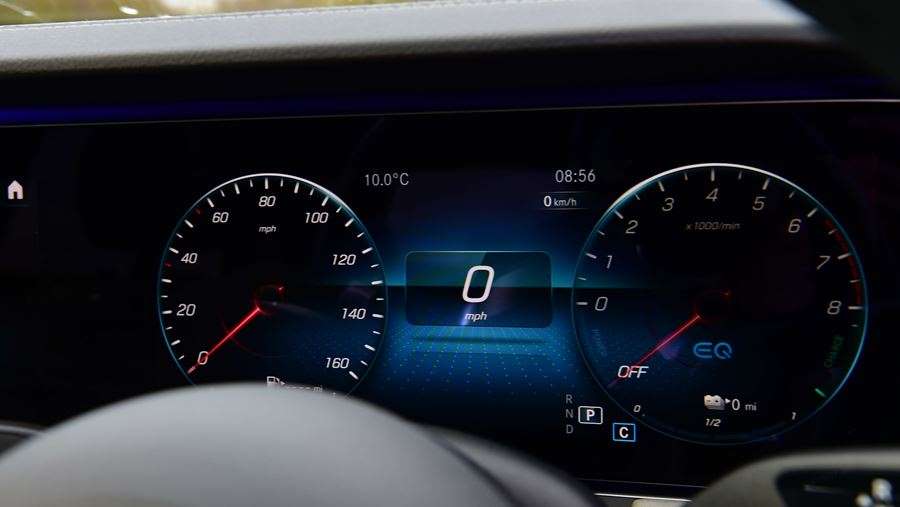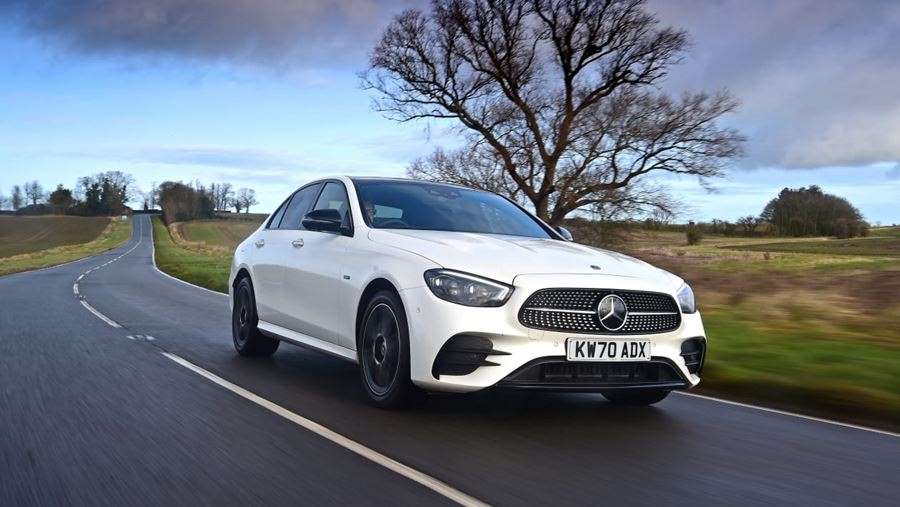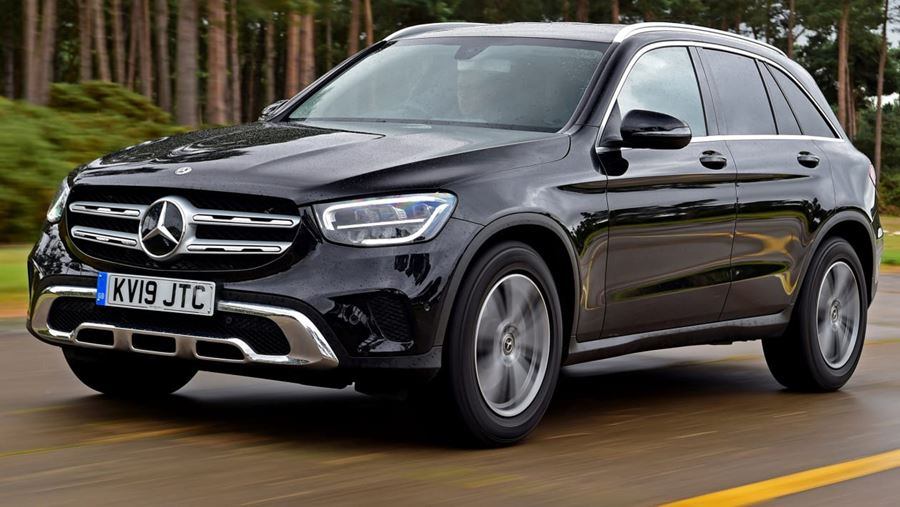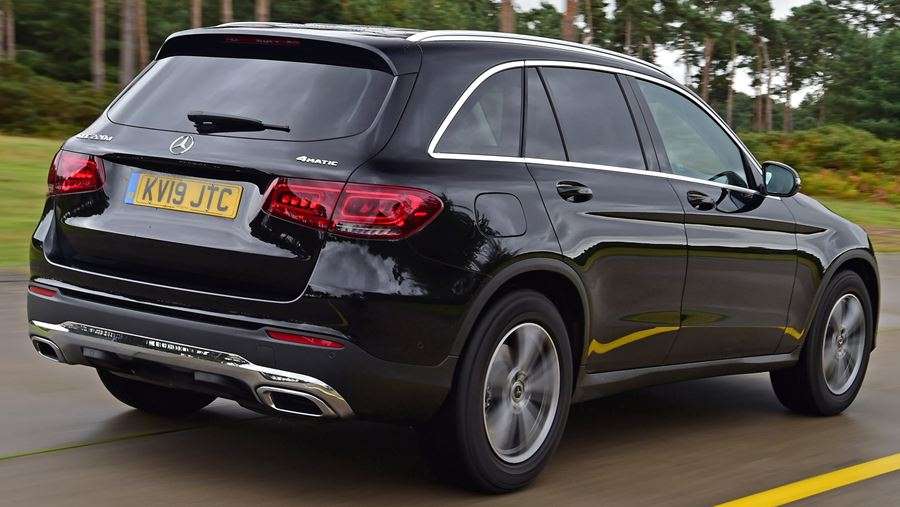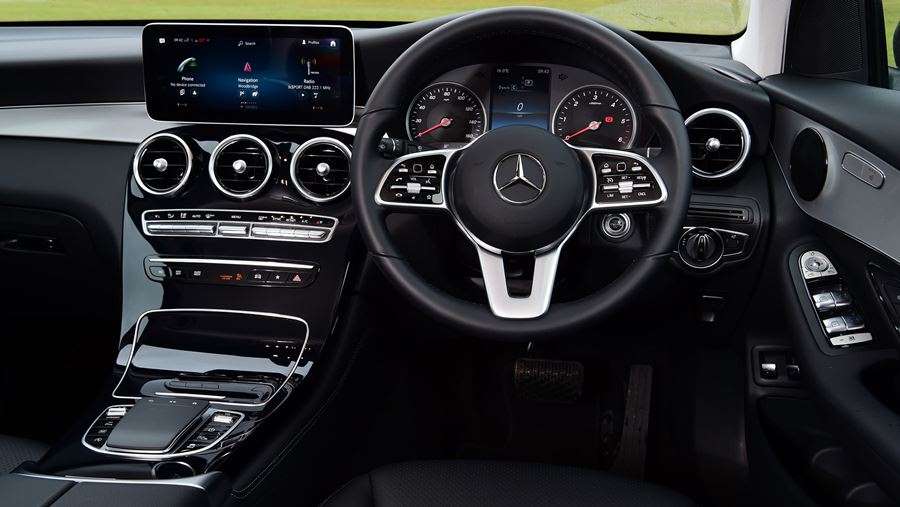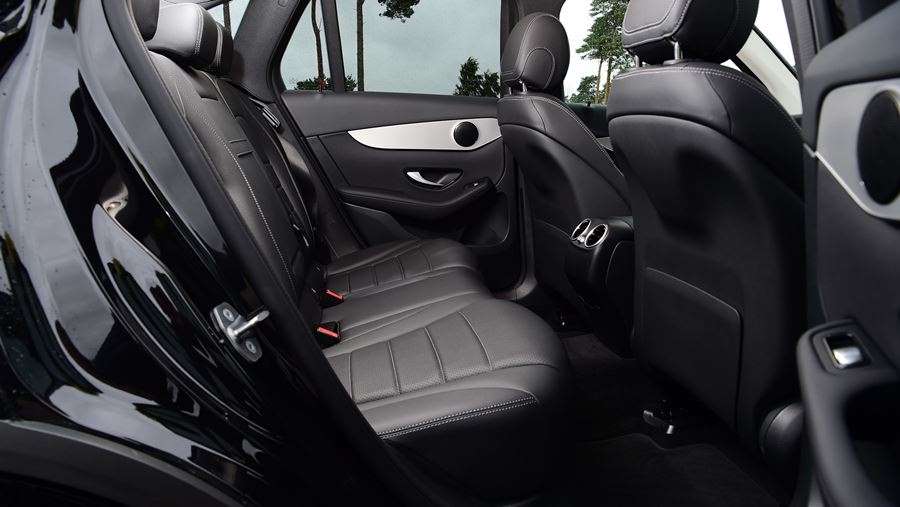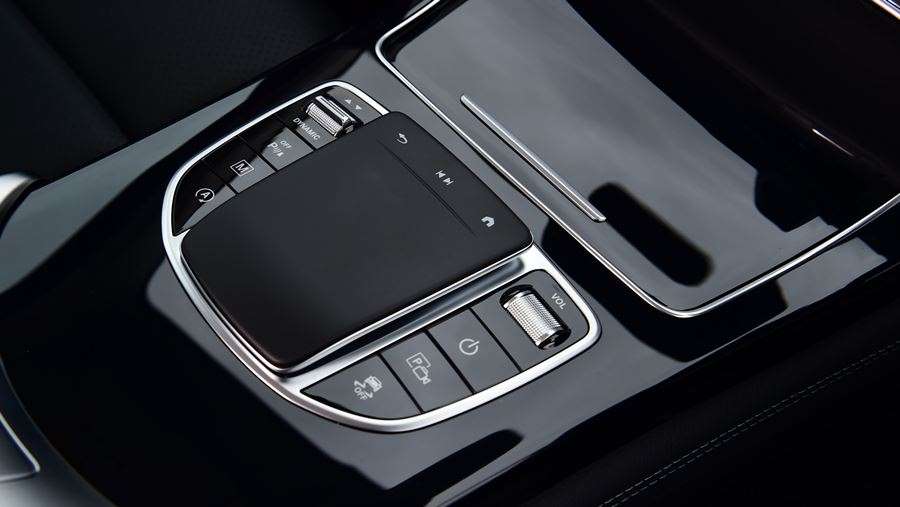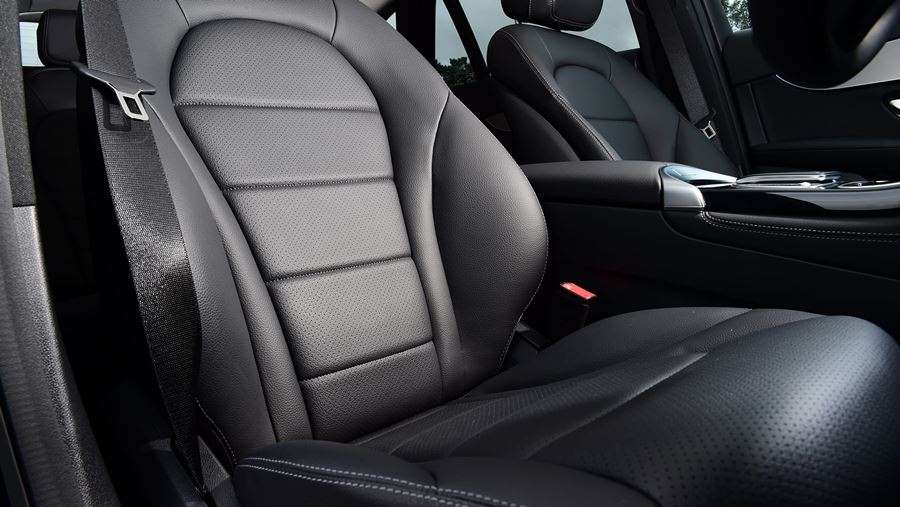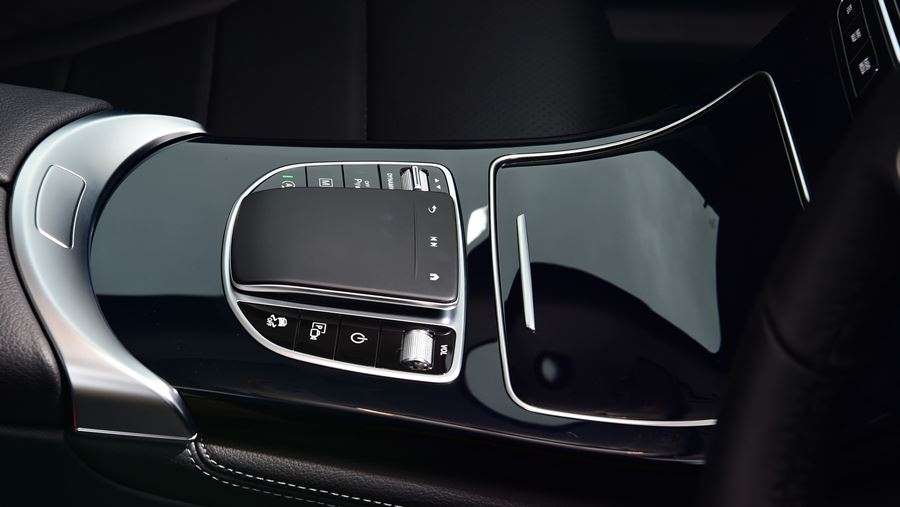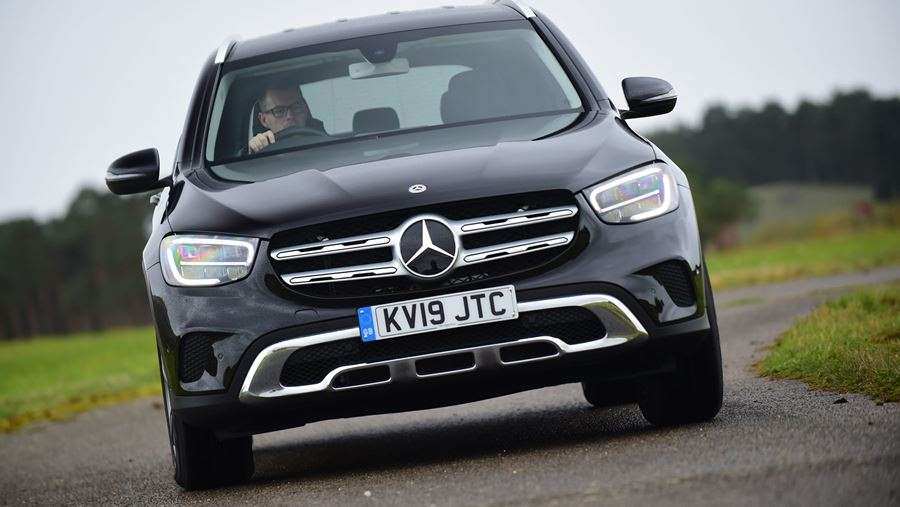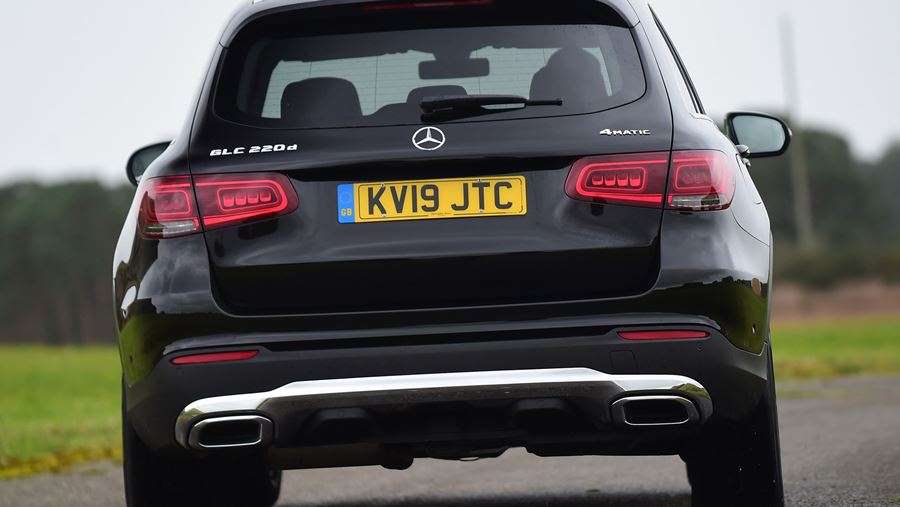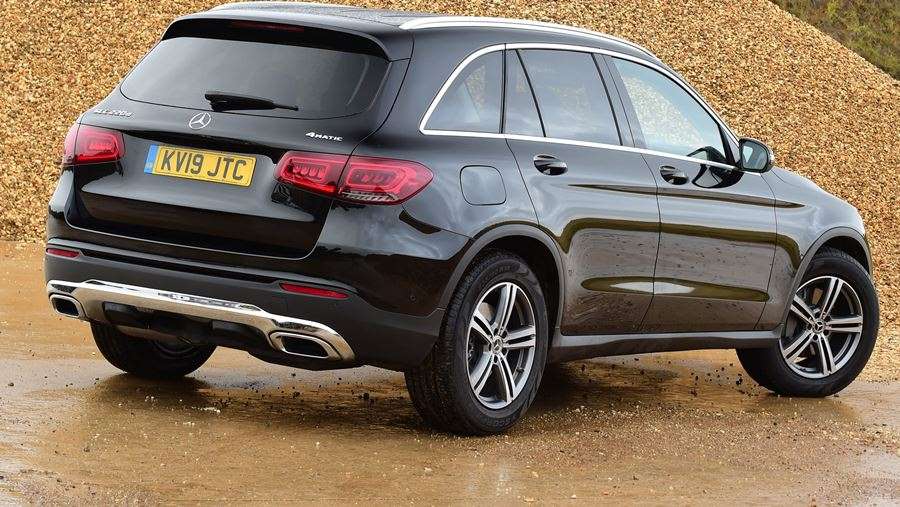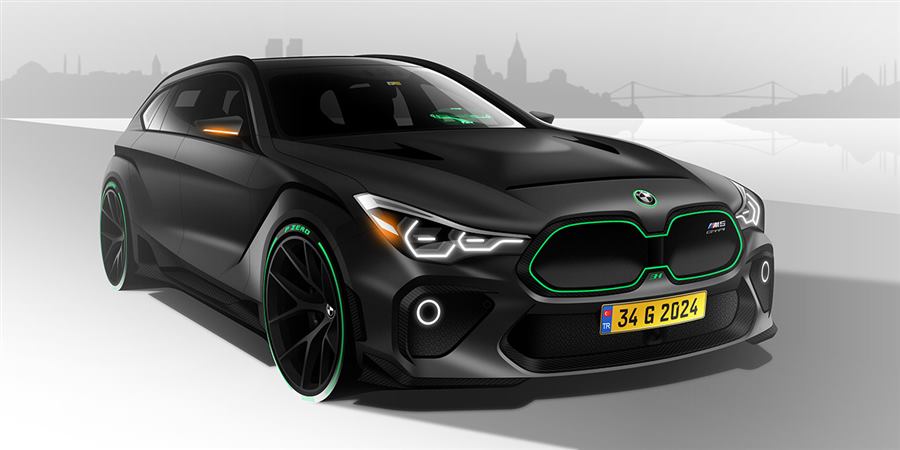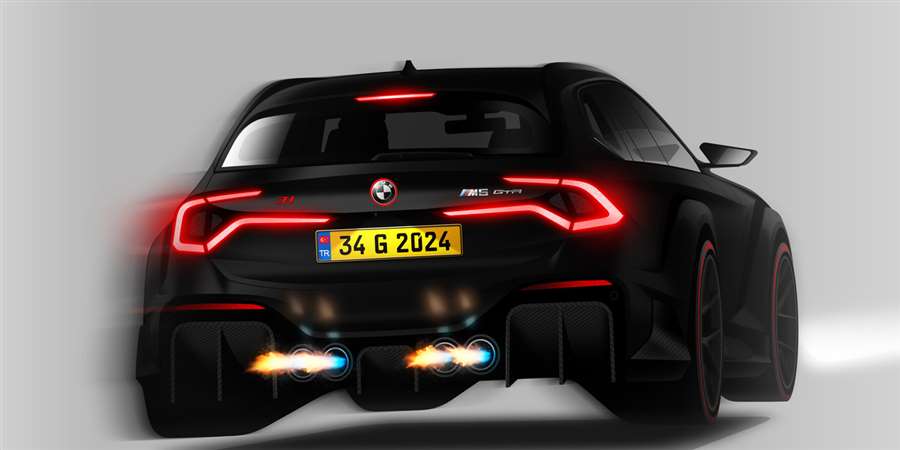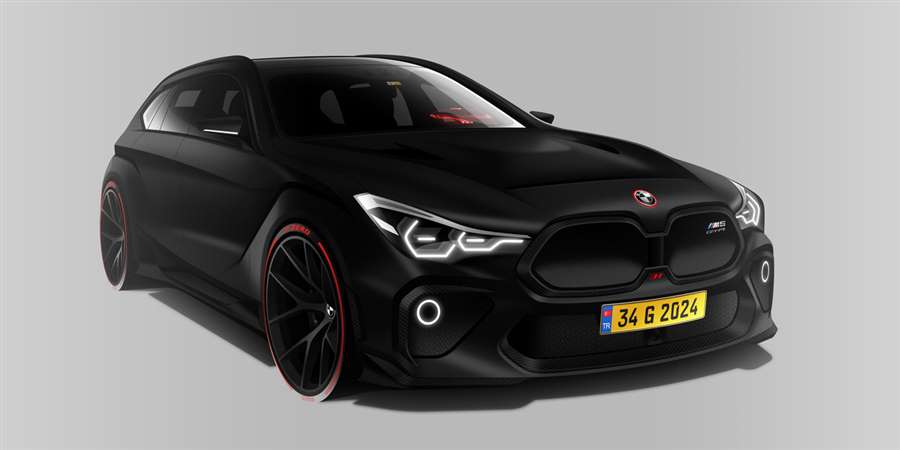The Ford Puma is back - the small, sporty coupe is now a stylish, practical compact SUV that’s good to drive, but lacks cabin space.
We’ve waited a while for Ford to give us a proper compact SUV based on the Fiesta. Until now, the firm’s sole offering in the B-SUV market - the EcoSport - has not been good enough. The new Ford Puma hits the right notes and is precisely what you’d expect of the brand, blending practicality and affordability into a package that’s good to drive.
The Puma’s looks won’t appeal to everyone, but few rivals can better it for boot-space and virtually none can outshine the Puma from behind the wheel - equipment levels are strong too. However, there are more upmarket-feeling and spacious rivals out there for this sort of cash.
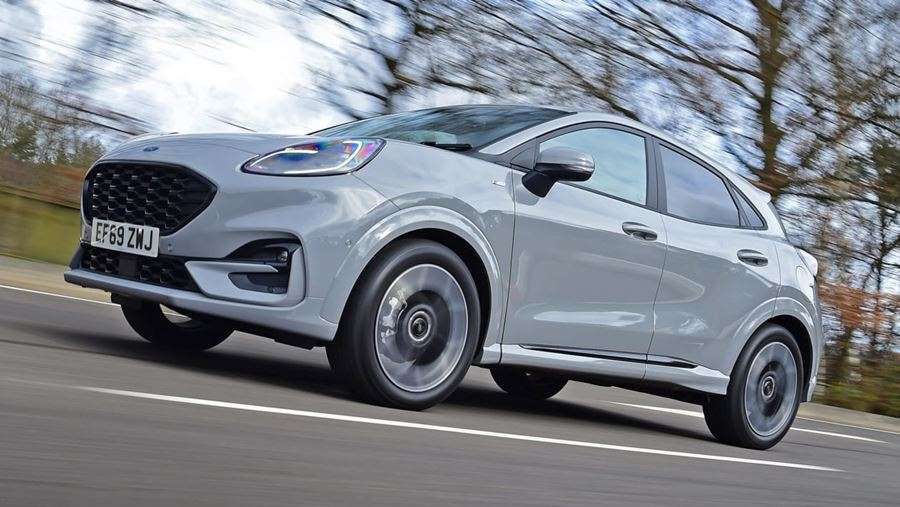
About the Ford Puma
Cast your memory back to 1997, and you may remember Ford launched a fun, small, front-wheel-drive coupe based on what was then the fourth-generation Fiesta. It added a bit of richly needed desirability at the smaller end of the brand’s British line-up. It was a hit - the Ford Puma had landed.
Now, the Puma name is back, and it’s an extremely similar story save for one very important detail; the new Ford Puma is not a small coupe, but a small five-door SUV. It’s based on the current, seventh-generation Fiesta supermini, sharing its chassis and its engines, as it enters a market that’s overflowing with choice at the minute.
Chief rivals include the Renault Captur, the Peugeot 2008, Skoda Kamiq and SEAT Arona, while the handsome Mazda CX-3 and spacious Volkswagen T-Cross offer further possibilities for customers considering a small family SUV. Left-field alternatives include cars like the design-led Nissan Juke, chunky Jeep Renegade and the retro Fiat 500 X.

The Puma line-up isn’t quite as expansive as the Fiesta’s, but there are still plenty of models to choose from and even more engine options will be available soon. The trim structure is very straightforward too, with four core versions: Titanium, ST-Line, ST-Line X and luxury ST-Line Vignale. The Puma ST performance model sits at the top of the range.
The Titanium is the entry-level trim for the Puma range, but it’s still well equipped and finished with flair, including 17-inch alloy wheels, a leather steering wheel, power folding mirrors, navigation via an eight-inch central touchscreen display, cruise control, rear parking sensors and even a wireless charging pad. The other side to this is that the Puma’s starting price is relatively high compared with rivals, many of which start from below £20,000.
ST-Line models add a bit more standard equipment such as a widescreen 12.3-inch digital instrument display and automatic headlamps. But these cars major on sporty touches including a body-kit, different alloy wheels, sports seats and pedals and a sports suspension setup that helps the Puma to shine as one of the best crossovers to drive.
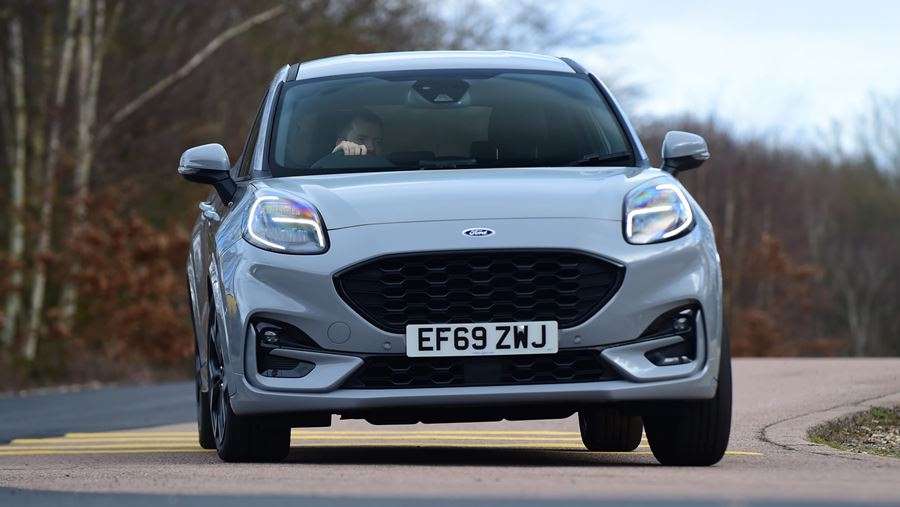
ST-Line X builds on this with luxury features such as partial leather upholstery, privacy glass in the windows and a 10-speaker audio setup from Bang & Olufsen, while the Vignale upgrade brings heated front seats, front parking sensors, keyless entry and Windsor premium leather upholstery.
The Puma is front-wheel-drive only and buyers are offered three engine options. The EcoBoost 125 uses a 123bhp 1.0-litre turbocharged three-cylinder engine as found in the Fiesta, while a 48-volt mild-hybrid version of this engine is also available. It doesn’t bring any additional power, although there is a slight increase in torque, and it introduces marginal reductions in CO2 emissions and gains in fuel economy, too. The third option is another 1.0-litre three-cylinder turbocharged petrol with the same mild-hybrid system, but power is pushed up to 153bhp.
Mild-hybrid versions of the Puma use a six-speed manual gearbox for now, with a seven-speed automatic available with the 123bhp non-hybrid variant, although Ford has plans to introduce the auto transmission throughout the Puma range.
For the performance enthusiast, the Puma ST is arguably the best-handling compact SUV on sale, powered by the Fiesta ST’s 1.5-litre engine for a total of 197bhp.

Ford Puma review - Engines, performance and drive
The Puma’s proven 1.0-litre EcoBoost units are a known quantity, but the mild-hybrid system isn’t flawless.
Ford’s reputation for fun family cars has been sealed with models like the Focus and Fiesta, while the original Puma - though short lived - is another prime example of the Blue Oval’s proficiency in chassis development.
Much the same can be said of this Puma, thanks in the main to the Fiesta chassis that sits beneath it. It links up with a solid 1.0-litre EcoBoost engine to deliver a family crossover that’s good to drive.
When we pitted the Puma up against the Renault Captur and Peugeot 2008, we hailed the Ford as being “easily the best to drive.” The driving position is fundamentally sound, and once you’re settled in, you’ll quickly see why the Puma has won plaudits.
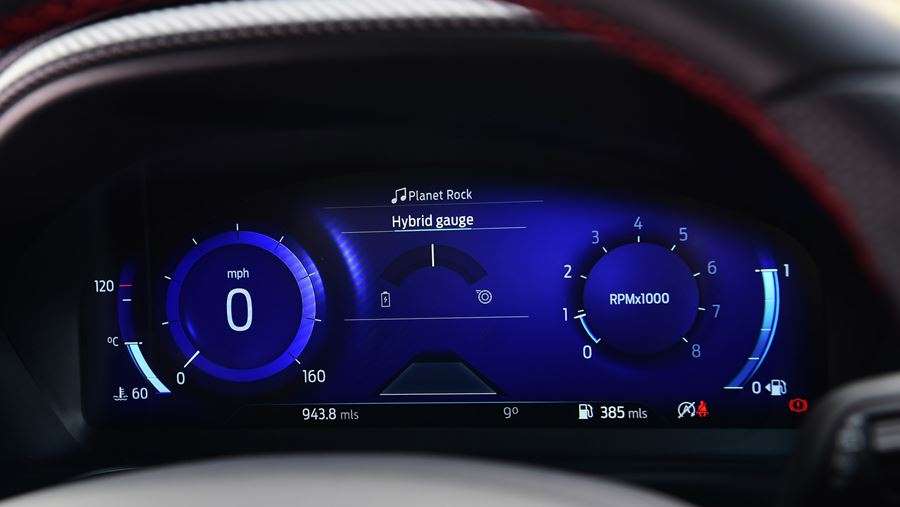
Get on the move and the steering feels light - even if you put the Puma into the Sport mode using the drive mode selector. But, it’s well resolved for a car like this, accurate, keen to re-centre and with a great steering ratio. There’s a good level of grip too, so immediately the Puma feels like a crossover that you can flick through corners nicely. The six-speed gearbox is lovely, too, while Ford’s engineers have also done a good job with the Puma’s suspension.
Even with the sports suspension on the ST-Line model, the damping is very well set up and it has a decent level of compliance. It all comes together to mean that the Puma has brilliant composure and the ability to offer an engaging drive.
The Puma ST is based on the sublime Fiesta ST hot hatchback, which means a 1.5-litre three-cylinder turbocharged engine under the bonnet, making the same 197bhp and 320Nm of torque.
Engines, 0-60 acceleration and top speed
All three engines are based on the same 1.0-litre engine block, but there’s quite a difference between them, owing to the Puma’s various drivetrain technologies and power outputs.
The 1.0-litre EcoBoost engine has been a really strong contender in its various applications over the last few years, and the Puma is another vehicle where this small engine shines. It may no longer be the outright best three-cylinder engine on the market and some engines - such as the TSI units used in the Volkswagen Group cars - may be more refined these days, but you shouldn’t be disappointed.
The 123bhp and 170Nm torque served up by the base model is enough for most family motoring, propelling the Puma to 62mph in 10.0 seconds and on to a top speed of 119mph.
Hybrid badge
What is a hybrid car? Mild hybrids, full hybrids and plug-in hybrids explained
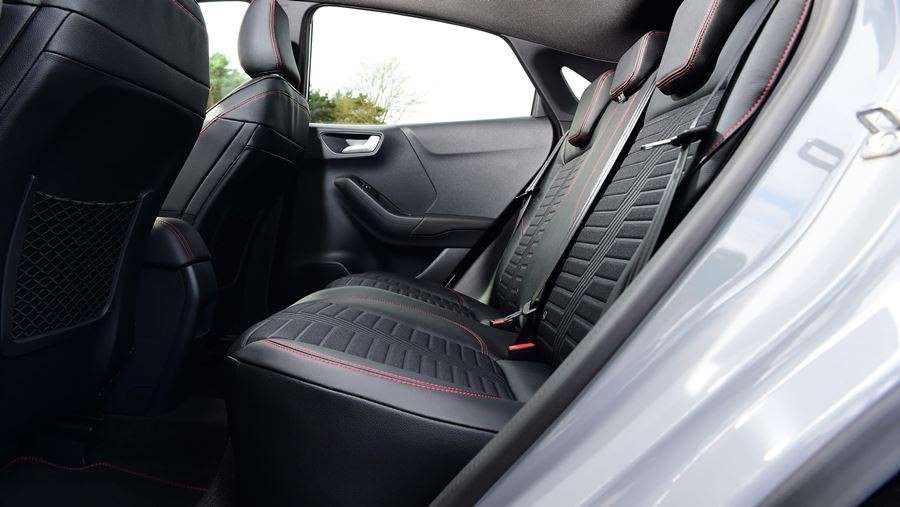
Pick the mild-hybrid version and the power stays at 123bhp, but torque improves to 210Nm thanks to the small amount of electrical assistance. Top speed is still 119mph, but the 0-62mph time falls a little to 9.8 seconds. The real benefit is lower CO2 emissions from the exhaust pipe and better running costs from improved fuel economy, which we’ll come to on the next page.
The only downside to the mild-hybrid system is that to fill the small battery pack with energy, the Puma features a very minor amount of brake energy regeneration. It’s set at a constant, unchangeable level, that’s just about detectable when you lift off the throttle and feel the car slow more quickly than it otherwise would, and takes a little getting used to.
If you need more power, the 153bhp car has you covered. It also has braking recuperation that cannot be altered in strength, but it takes 8.9 seconds to reach 62mph from standstill and goes on to a top speed of 124mph.
The 197bhp ST performance model dispatches the same sprint in 6.7 seconds, with a 137mph maximum.
Ford Puma review - MPG, CO2 and running costs
Ford uses proven 1.0-litre petrol engines for the Puma, with mild-hybrid technology helping to improve economy and emissions.
Ford’s 1.0-litre three-cylinder EcoBoost unit has received much praise for its versatility and ability to blend decent power with good returns from a tank of fuel. So, it’s probably no great surprise that the engine is at the core of the Puma range.
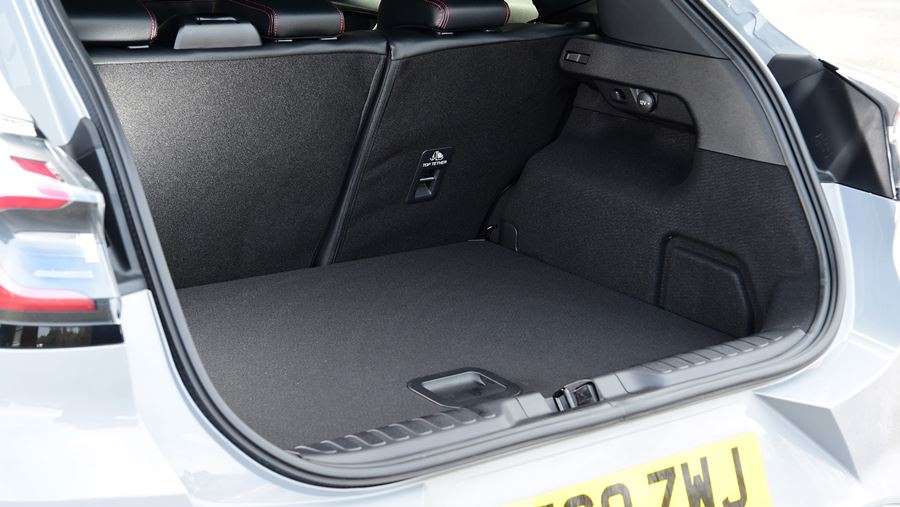
The flexible 1.0-litre powerplant comes in three guises for Puma customers. The base 123bhp version returns a maximum 46.3mpg, with 138g/km of CO2, while the same unit with 48-volt mild-hybrid assistance is able to improve on these figures a little by delivering a claimed 50.4mpg and CO2 levels of 127g/km.
The 153bhp variant produces the same economy and CO2 figures as its lower-powered sibling, while the 197bhp Puma ST still performs pretty well with 41.5mpg on the combined cycle and 155g/km of CO2.
Most economical SUVs, 4x4s and crossovers 2021
The mild-hybrid system captures kinetic energy naturally lost while driving, particularly during braking, before storing it as electricity in a small battery. This electrical energy is then used to assist the engine during acceleration, reducing the amount of petrol needed to make decent progress.
Drivers can view a display on the digital instrument panel to see exactly when the system is in action. Alongside it, cylinder deactivation means the engine can run on two cylinders where driving conditions allow, to save more fuel.
Insurance groups
Insurance premiums for the Puma range should be competitive with those of rivals. The base 123bhp Titanium model comes in at group 11, while the ST-Line Vignale cars with 153bhp occupy group 15. The 197bhp ST variant is in group 22.
Competitors such as the Renault Captur start at group 8 for an entry-level 99bhp version and move through to group 21 for a top-of-the range model with 152bhp.
Depreciation
Our experts predict the Ford Puma will retain a healthy 51% of its original value over 3 years and 36,000 miles, whereas the Renault Captur keeps an average of 43% over the same period.
Ford Puma review - Interior, design and technology
The Ford Puma has a familiar cabin design and good levels of standard kit, but overall quality can’t match rivals.
Ford’s new small SUV is based on the best-selling Fiesta, which is no bad thing. Despite being one of the smaller B-segment models, the Puma has ensured it stands out from competitors with a distinctive design and impressive levels of standard equipment.
In the cabin, the dash and centre console will be familiar to those who’ve peered inside a recent Focus or Fiesta, although the visible plastics aren’t the Puma’s greatest quality. There’s far too much hard black stuff to be found, while other small SUVs are available with nicer interiors, and for similar money.
Ford offers four individual trim levels for the Puma. The entry-level Titanium is still very well equipped with 17-inch alloy wheels, LED rear lights and daytime running lights, body-coloured exterior trim, power-folding heated mirrors, rear parking sensors and selectable drive modes.
ST-Line models include a muscular body-kit, sports suspension, a leather sports steering wheel and alloy pedals, although the ST-Line X car adds stylish 18-inch wheels, partial leather seat trim, privacy glass and carbon-effect interior accents.
The luxury Vignale version ups the luxury count with heated seats, Windsor premium leather upholstery, a heated steering wheel, front parking sensors and keyless entry, while the ST car features 19-inch alloy wheels and a body styling kit.
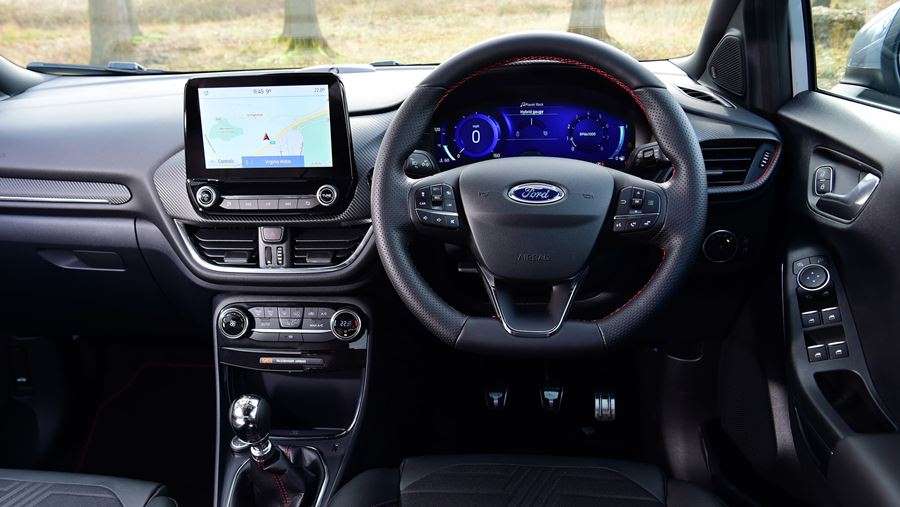
Sat-nav, stereo and infotainment
All Puma models come with Ford’s SYNC 3 infotainment system, including navigation, Bluetooth, a DAB radio and Apple CarPlay and Android Auto functionality. There’s also a wireless charging pad as standard. Bearing in mind the high list prices as you climb the range, the Titanium trim offers a sweet spot in terms of equipment and on-board tech.
ST-Line cars feature a 12.3-inch digital instrument display which, along with the central touchscreen, is sharp and easy to navigate. And, if you feel the need for better quality audio while on the move, the ST-Line X models add a B&O Premium stereo with 10 speakers.
Ford Puma review - Practicality, comfort and boot space
Although smaller than most rivals, the Ford Puma remains practical for family use and offers clever storage solutions.
Ford has worked hard to ensure the compact Puma combines its athletic low stance with plenty of practicality and comfort. From the driver’s seat, the links to the Fiesta’s chassis are clear, with ability to tackle the twisty stuff with vigour as well as being a solid, quiet performer at motorway speeds.
ST-Line cars get sports suspension, and while on the firmer end of the spectrum for SUVs of this size, it’s not overly harsh. The driving position definitely feels sportier while there’s a great level of adjustment in the seat and steering wheel, a typical Ford trait.
Size
The Puma is one of the smaller options in the supermini sized SUV class. It measures 4,207mm in length, 1,805mm wide and stands 1,537 tall. By comparison, the Peugeot 2008 and Mazda CX-3 are 93mm and 68mm longer, respectively.
Leg room, head room & passenger space
The Puma manages to maintain decent passenger space, despite its sloping roofline. Room up front is very good, while the rear bench is an acceptable size.
Passenger space in the rear is compromised when compared with a Renault Captur. Passengers in the back sit higher up, which brings your legs back towards the seat base, so although there’s enough space overall, the seating position might not be as comfortable.
Boot
A boot of 456 litres is on-par with competitors in this class, and there’s virtually no lip to get over, so awkward items shouldn’t be too tricky to load. In comparison, the Peugeot 2008 offers 434 litres of boot space and the Renault Captur 12 litres less than that, although the Captur has an ace up its sleeve in the form of a sliding rear bench seat. When the bench is pushed all the way forward it frees up a 536-litre capacity.
One area where Ford has been rather clever is in the Puma‘s adjustable boot floor with the so-called ‘Megabox’ hidden storage area beneath. This is a 68-litre plastic compartment that you can use to store muddy boots or wet clothes, for example. It also has a drain plug so you can hose it out. Plus, Ford claims that using the MegaBox allows you to stand a golf bag upright in the Puma’s boot.
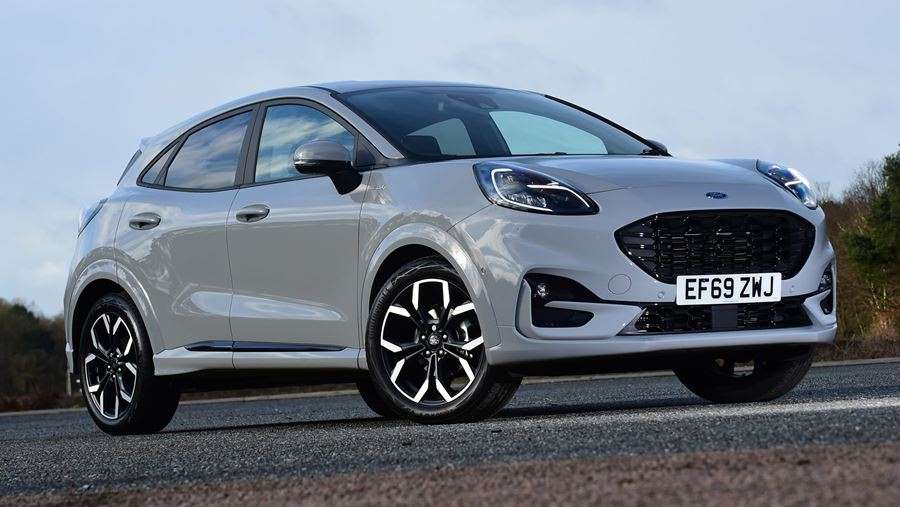
Ford Puma review - Reliability and safety
Ford has a lot riding on the success of the Puma. It’s previous effort at a small SUV, the EcoSport, was a poor one, so the brand has to get this right. Fortunately, the Puma arrives with proven engines, a chassis based on the best-selling Fiesta and interior tech already in use across other model ranges. We’d expect the Puma to be a car you can rely on, and also one that keeps the driver, passengers and other road users as safe as possible.
All models include cruise control, a lane keeping aid with departure warning, Pre-Collision Assist with Autonomous Emergency Braking, Pedestrian/Cyclist Detection and Post-Collision Braking. Other useful features include auto headlights, rain-sensing wipers and a tyre pressure monitoring system.
Those wishing to upgrade further can opt for the Driver Assistance pack (£900), which adds a blind spot warning, adaptive cruise control and a rear view camera among other features.
The Puma was tested by Euro NCAP in 2019 and achieved a full five-star rating. Adult and child protection was rated at 94% and 84%, respectively, while the car scored 77% for pedestrian safety.
Although Ford finished a disappointing 24th out of 30 manufacturers in our 2020 Driver Power customer satisfaction survey, it’ll be looking towards cars like the new Puma to guide it to improved results next time.
Warranty
Every new Ford car comes with a 3-year/60,000 mile warranty. There’s also the benefit of Ford Assistance for 1 year, providing roadside cover in the UK and throughout Europe.
If you plan on keeping your car for longer than three years or are a high mileage driver, you can extend the standard warranty to either 4 years/80,000 miles or 5 years/100,000 miles.
Servicing
Ford offers the Ford Protect Service Plan giving you the option of scheduled services and extended Ford Assistance. It covers scheduled servicing including associated parts and labour, and vehicle hire for up to 7 days. The Ford Protect Service Plan can be purchased any time before the first service is due.
autoexpress.co.uk

